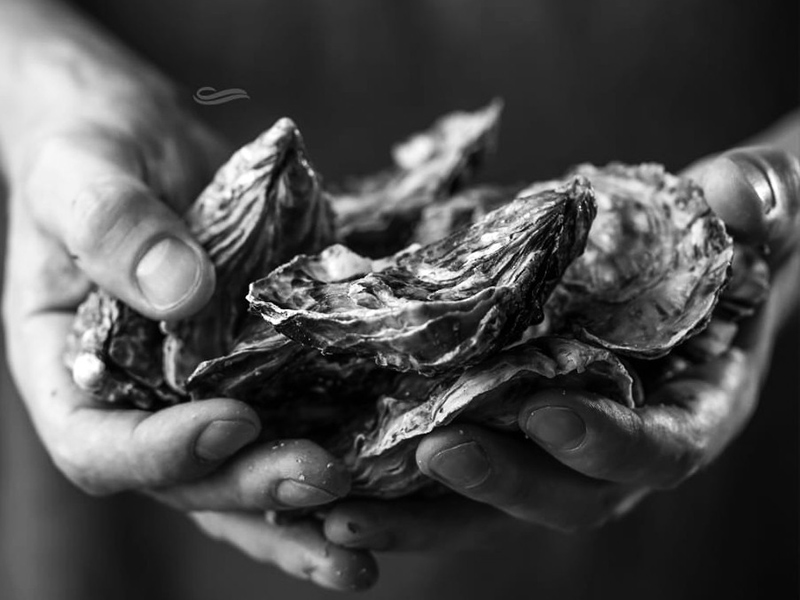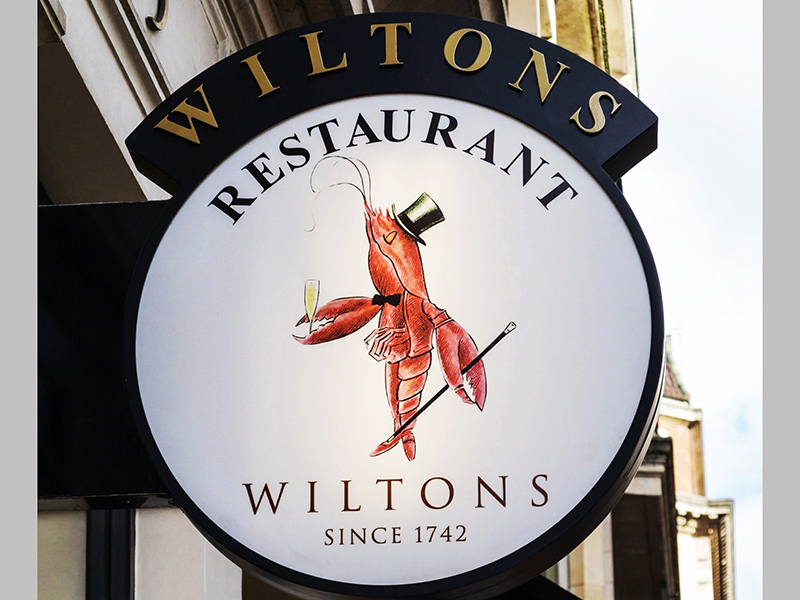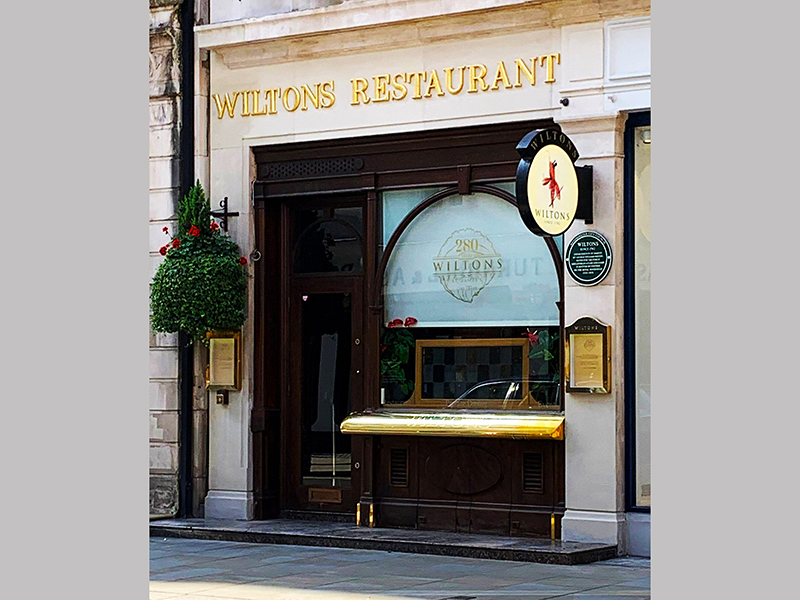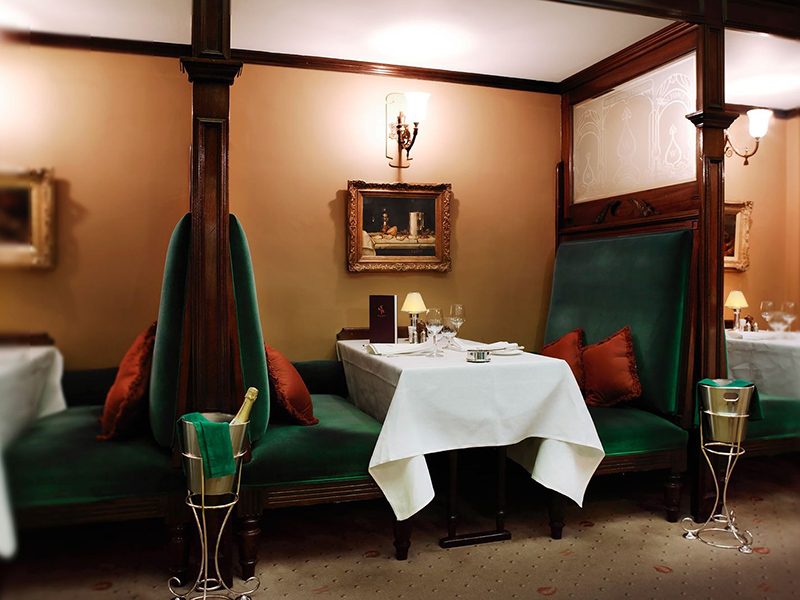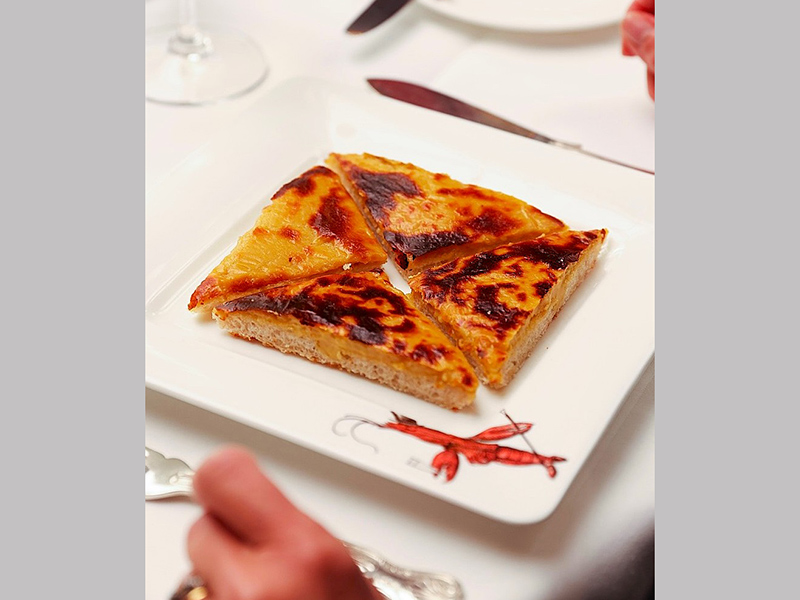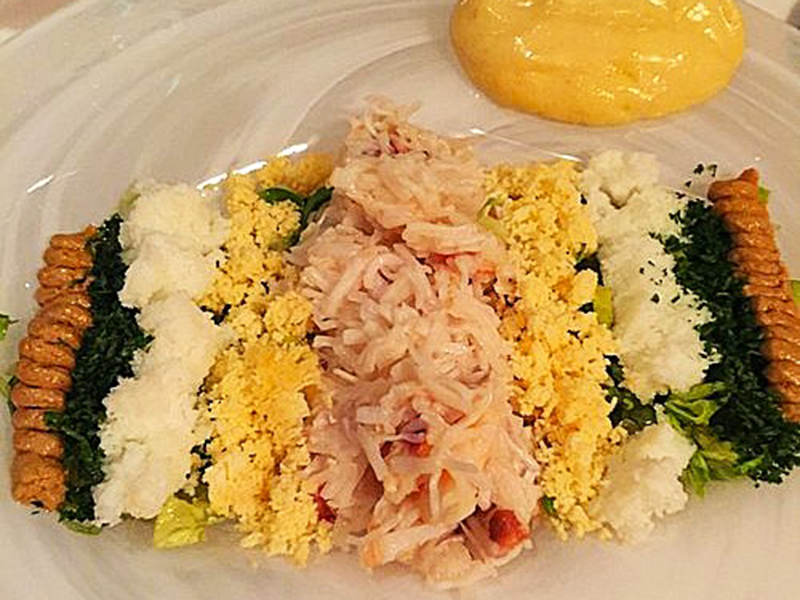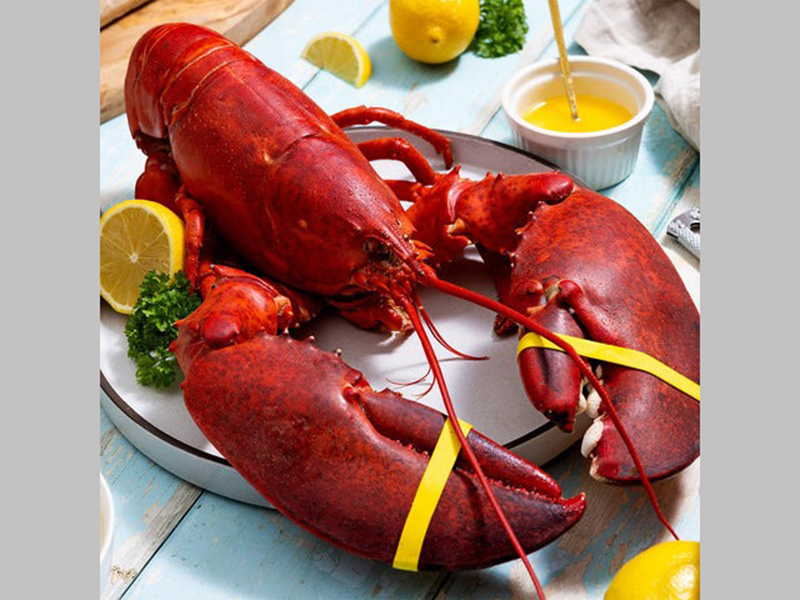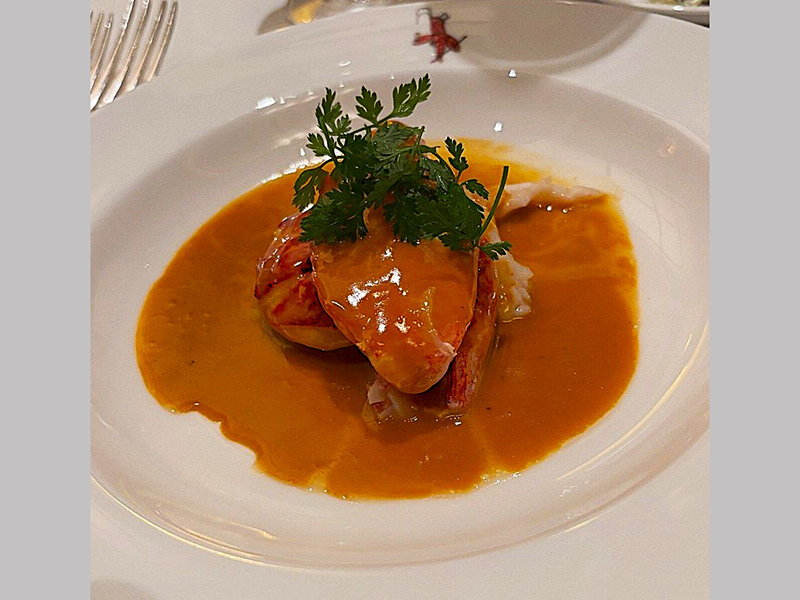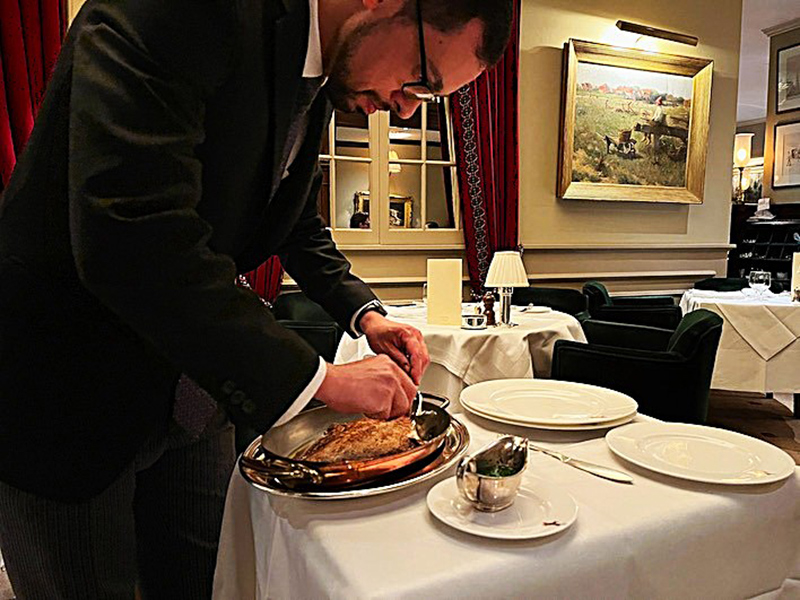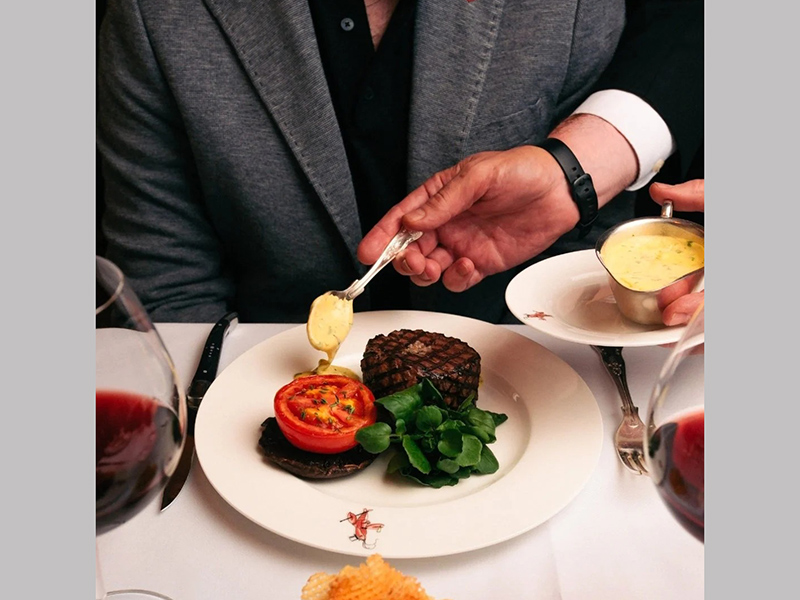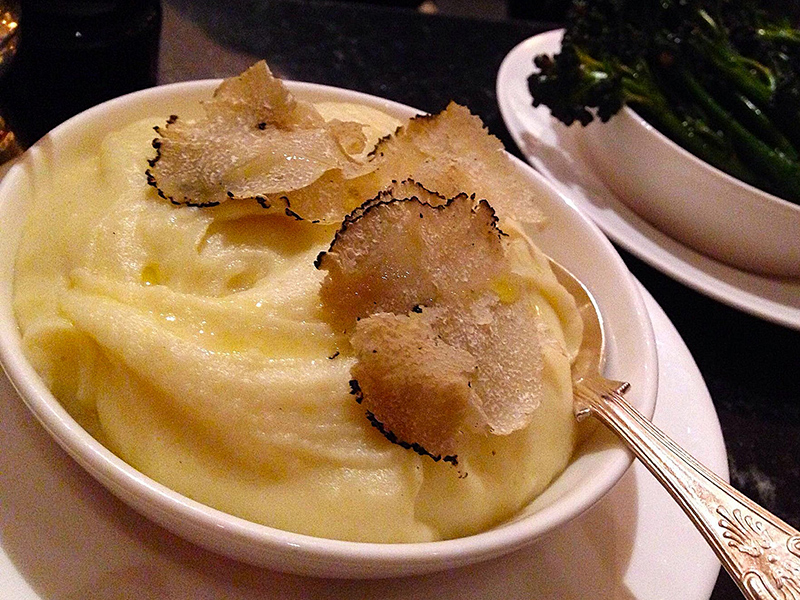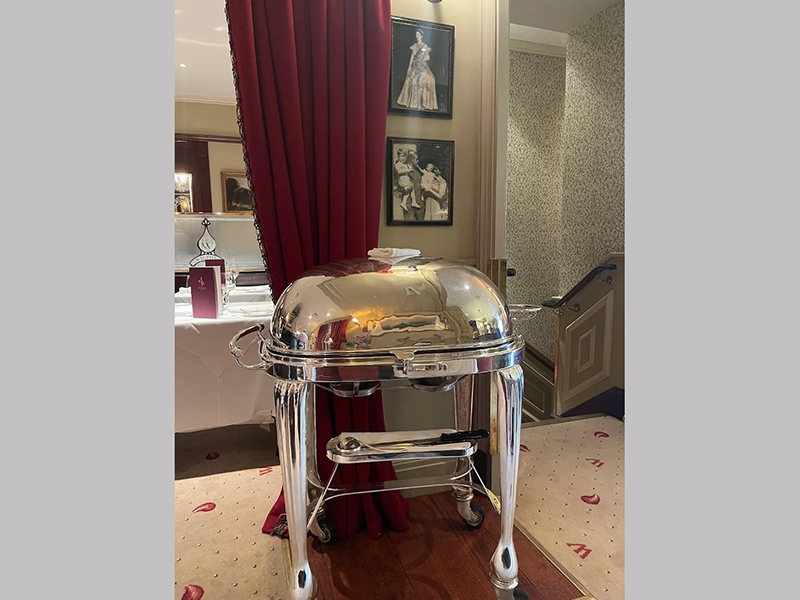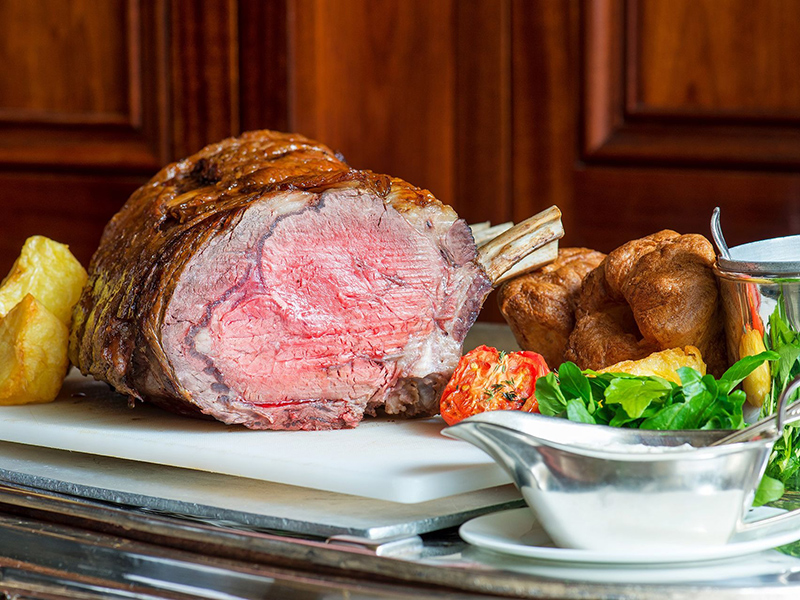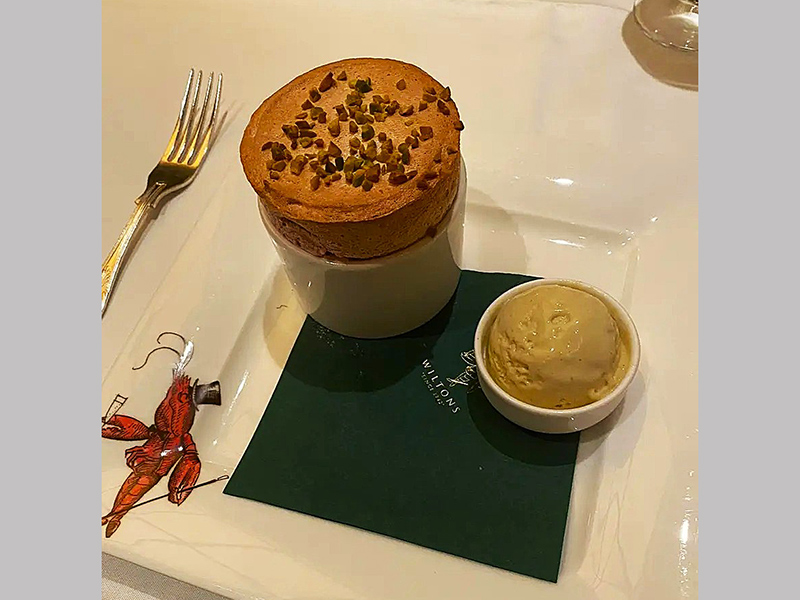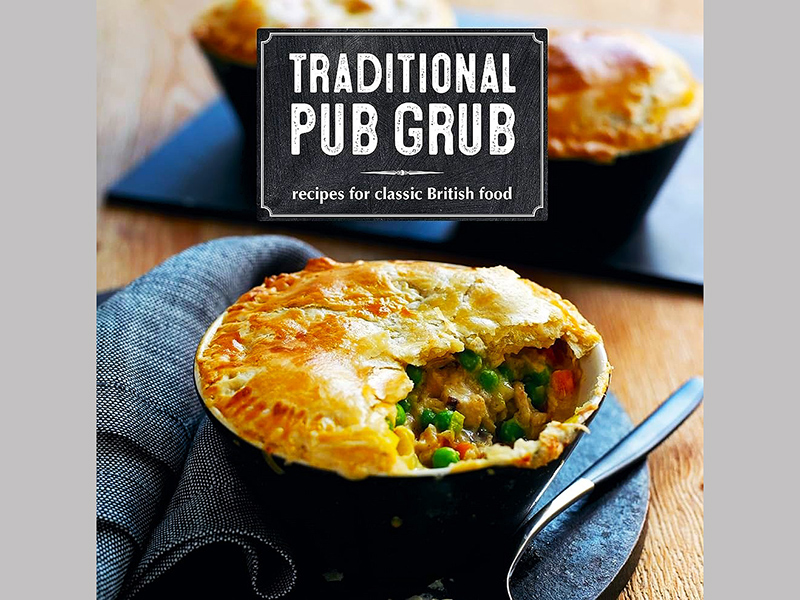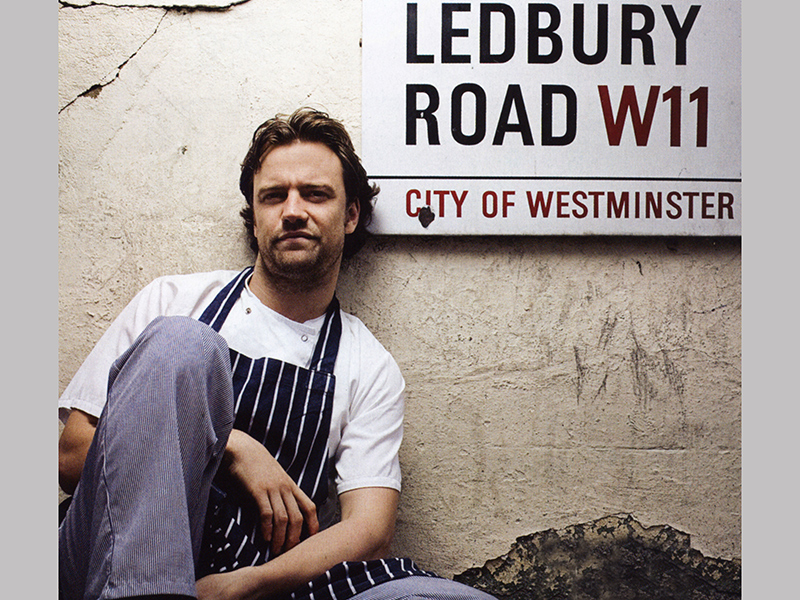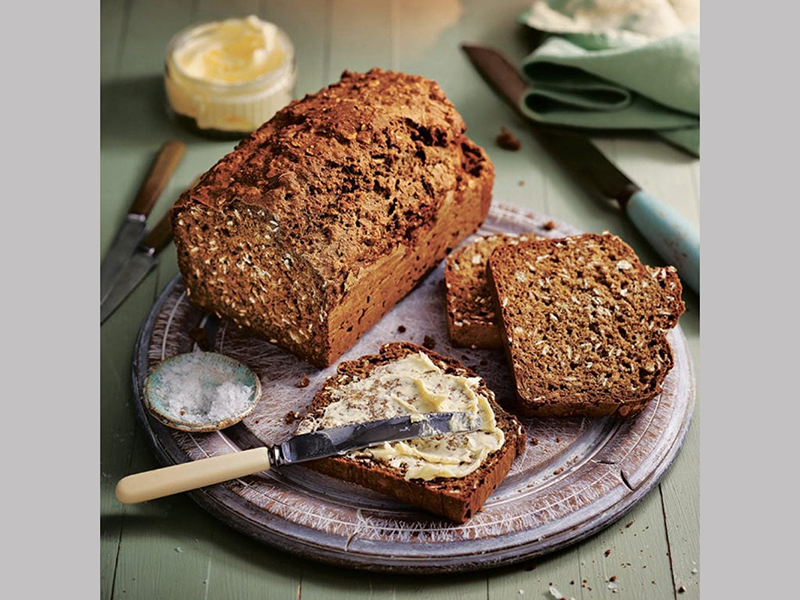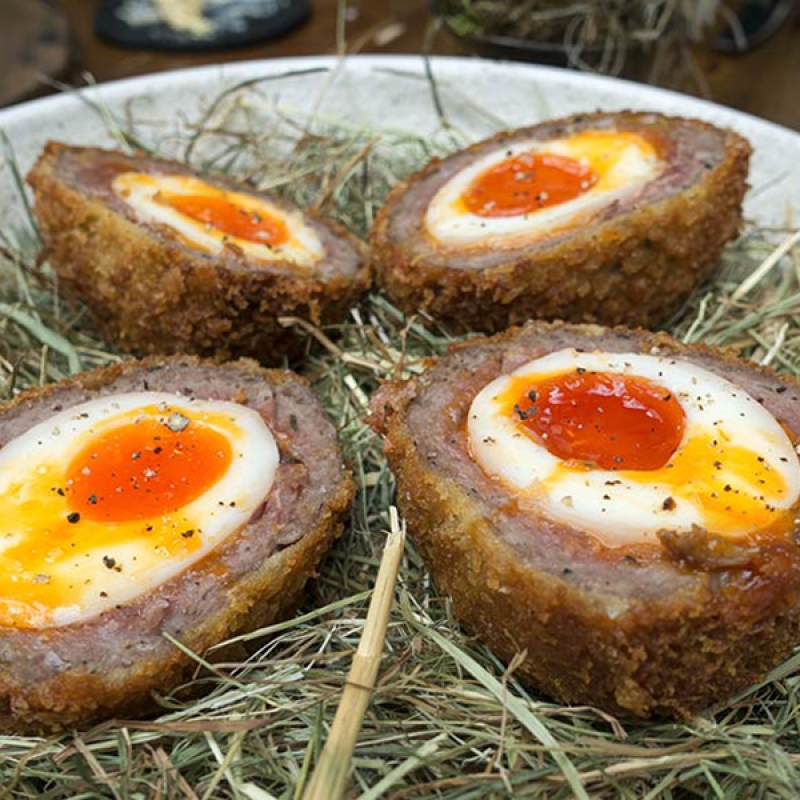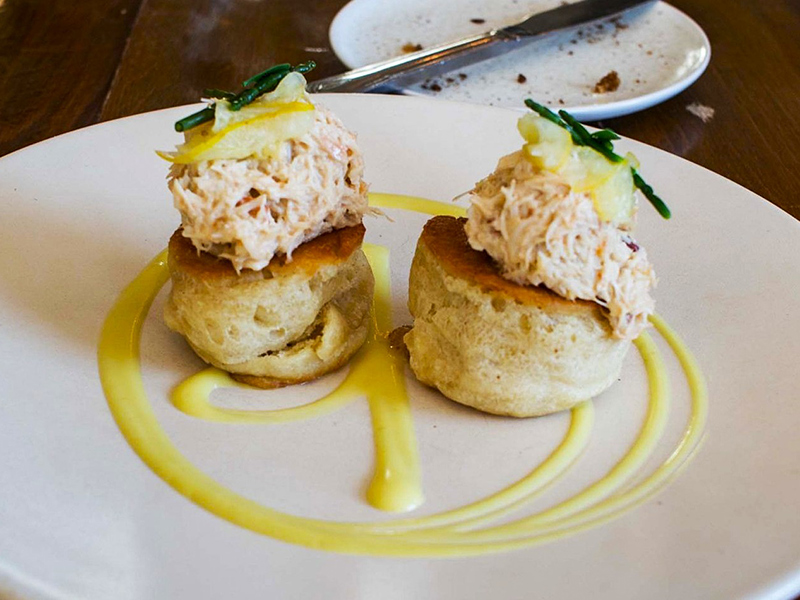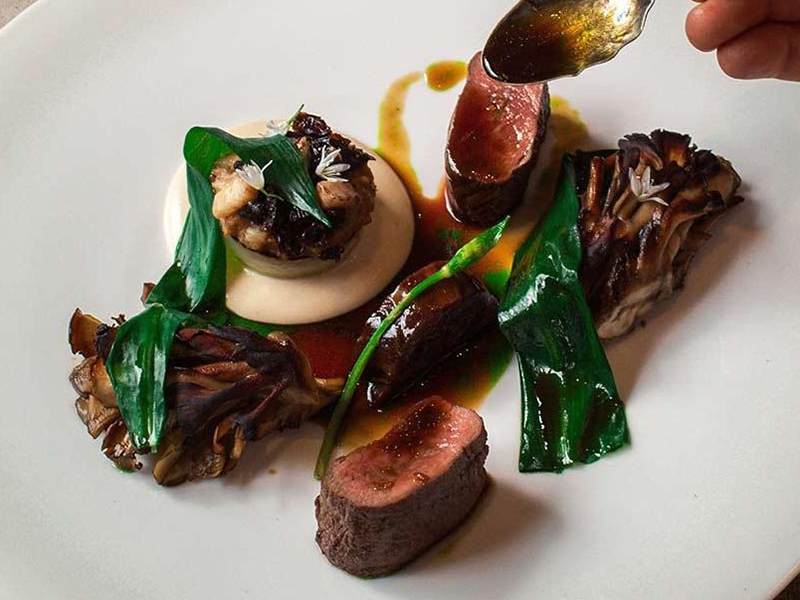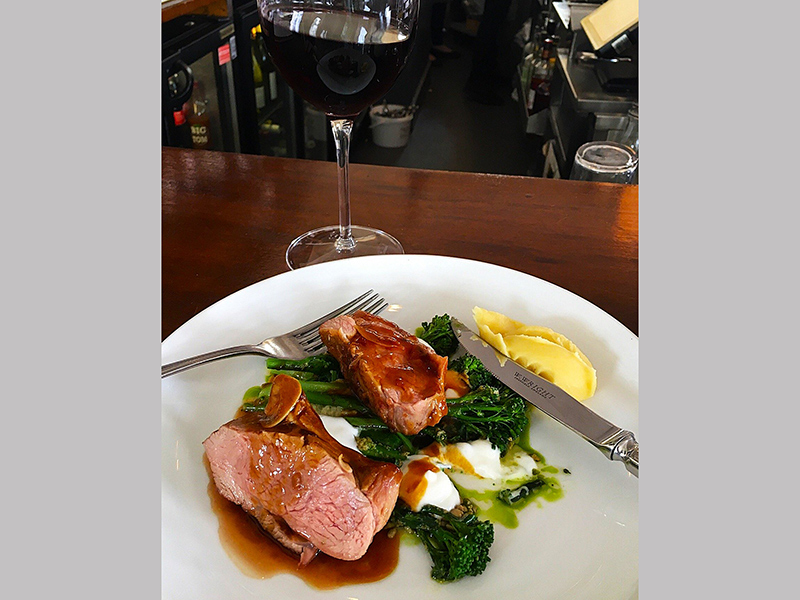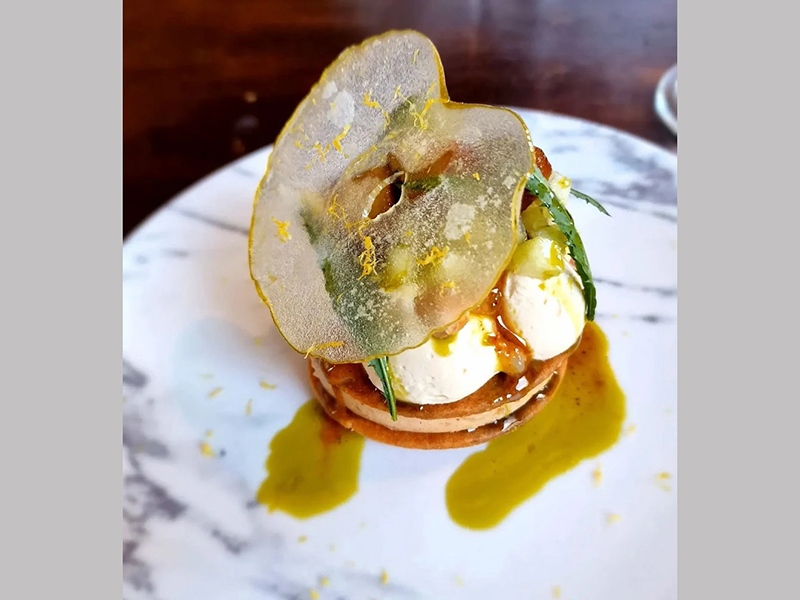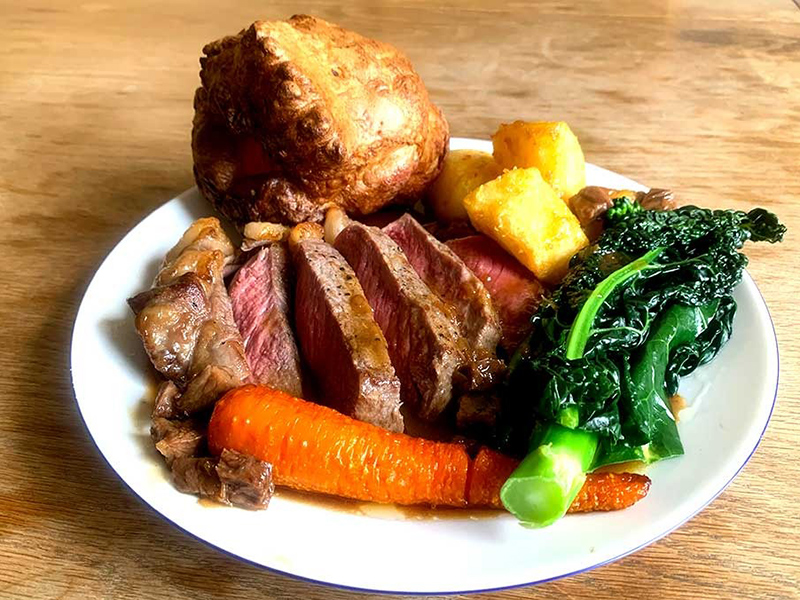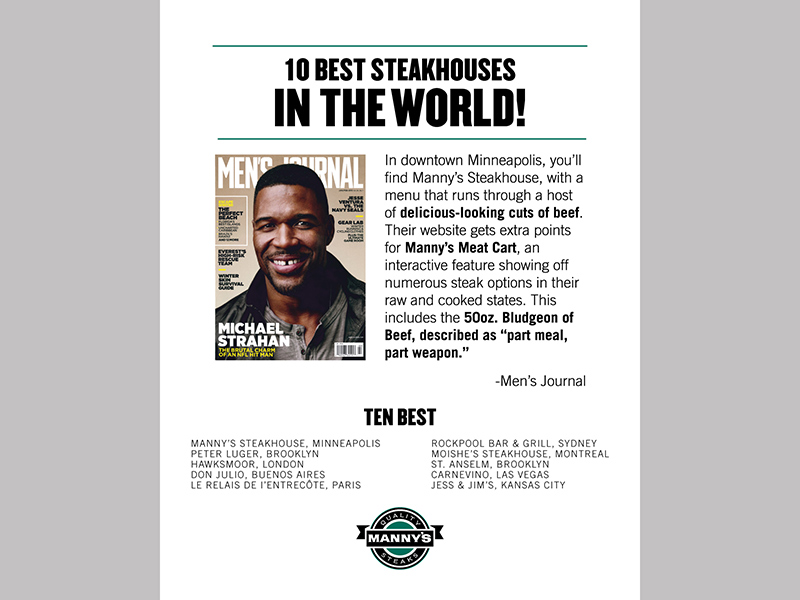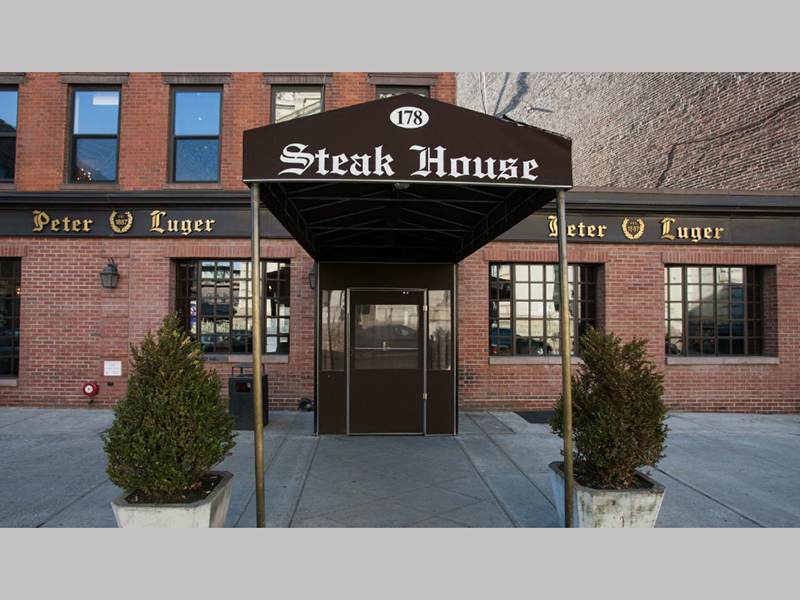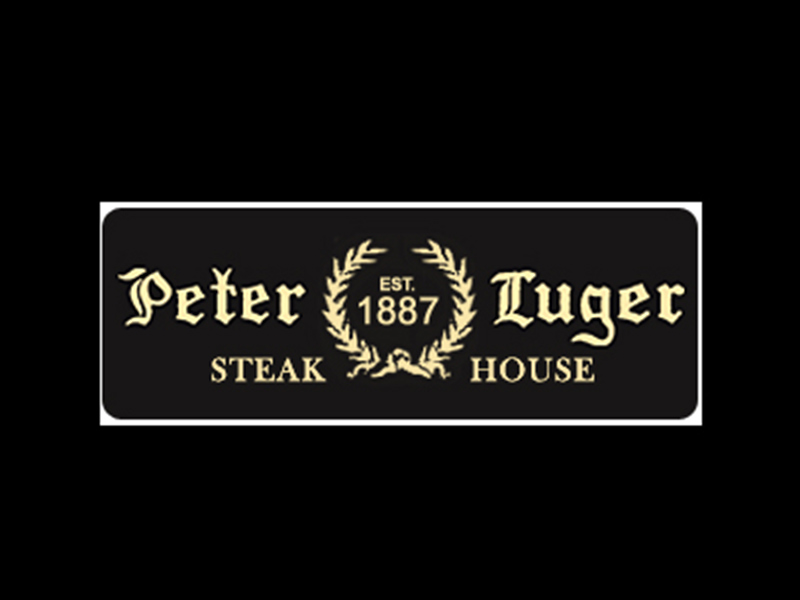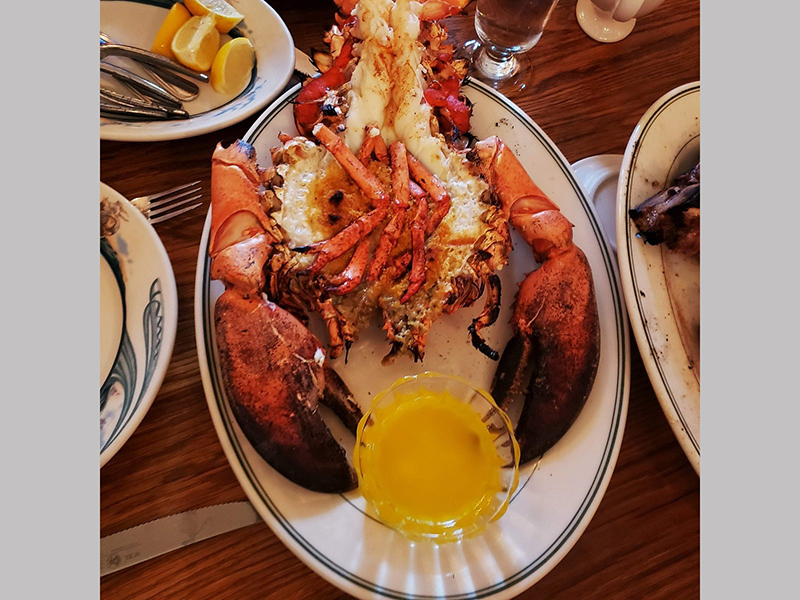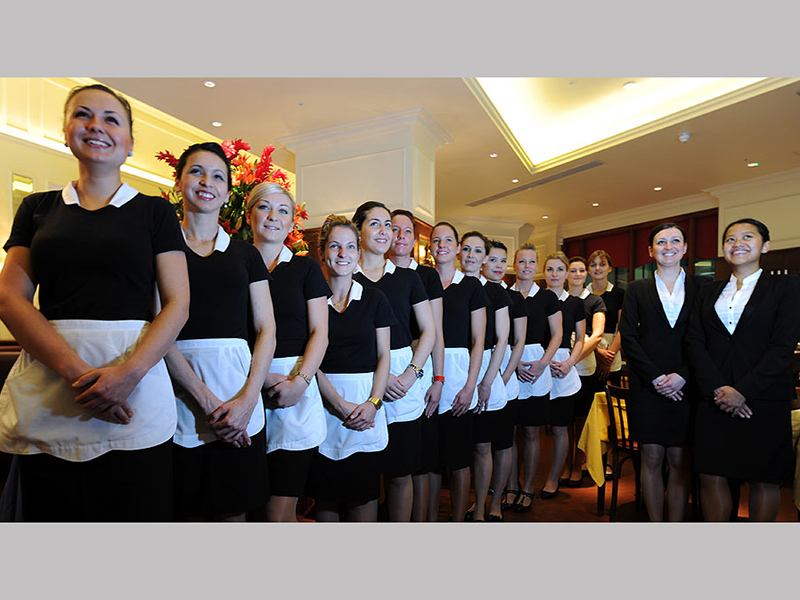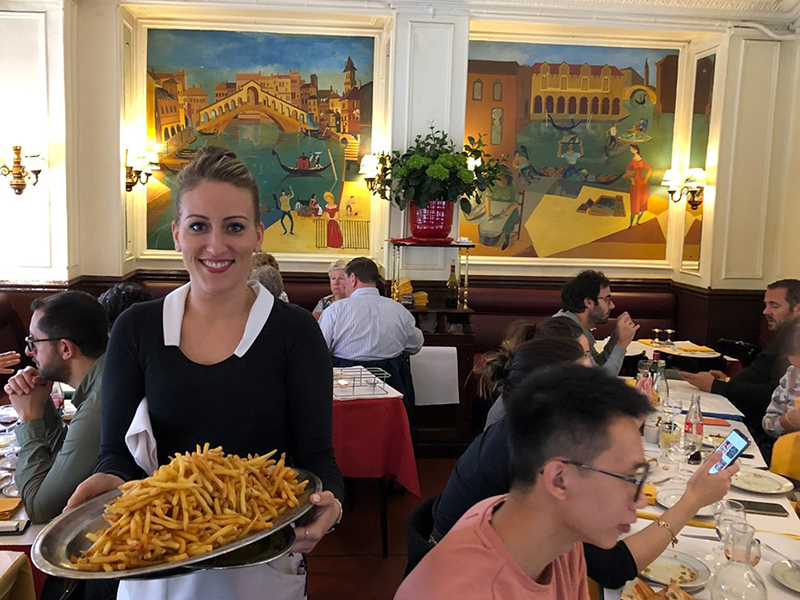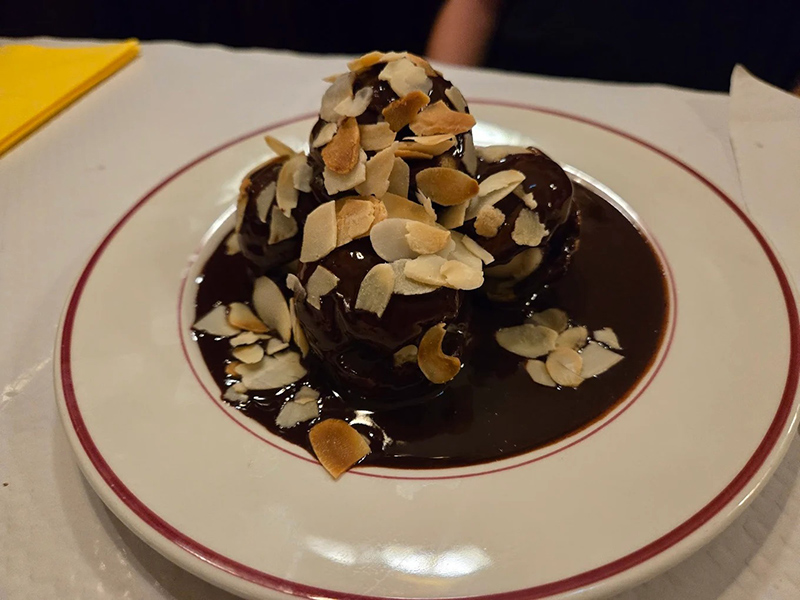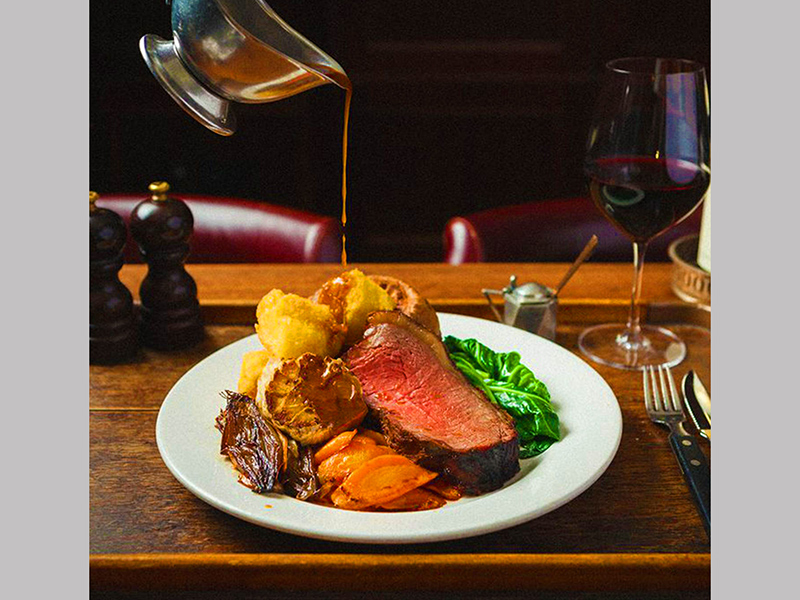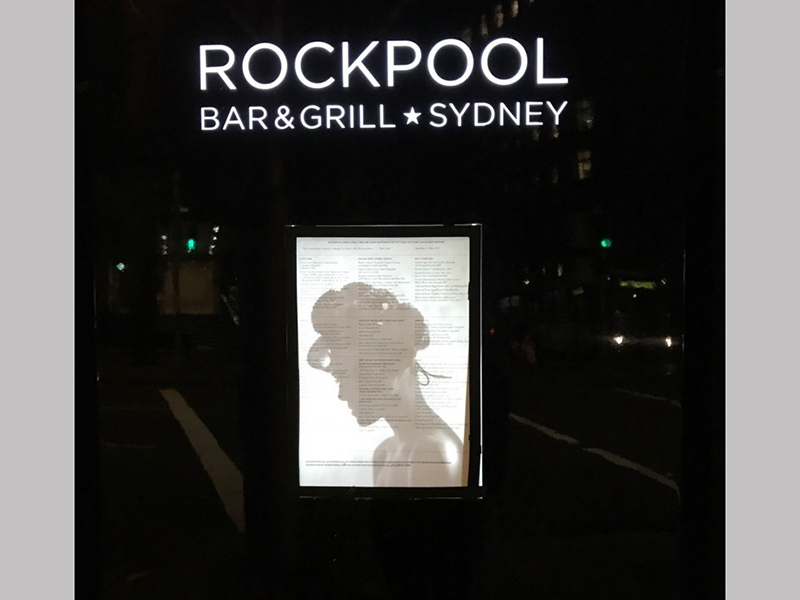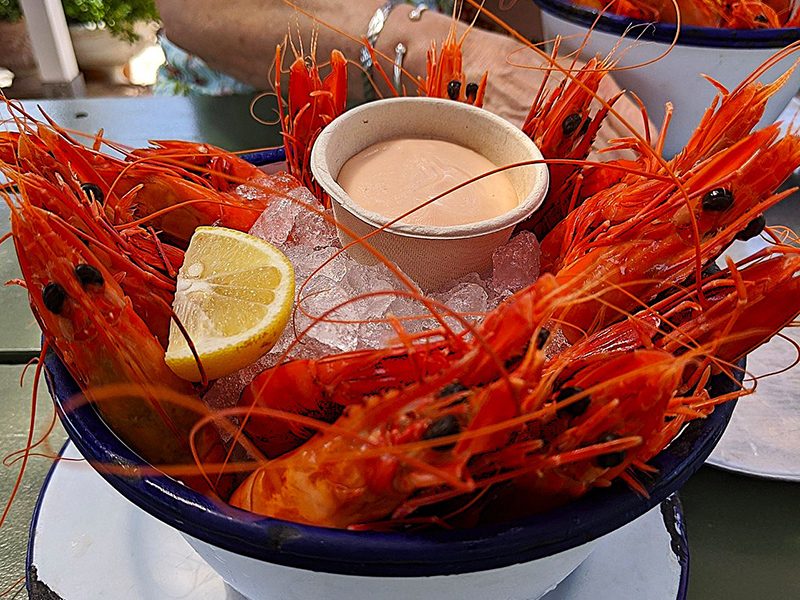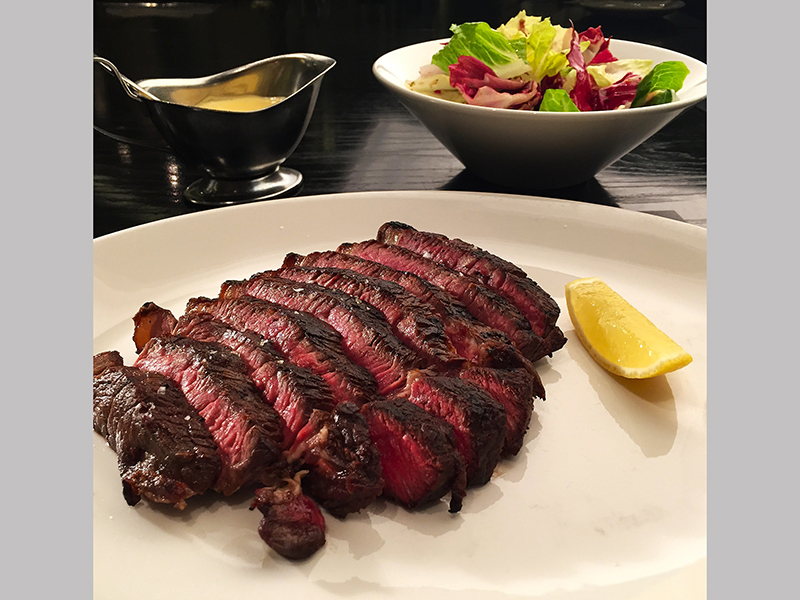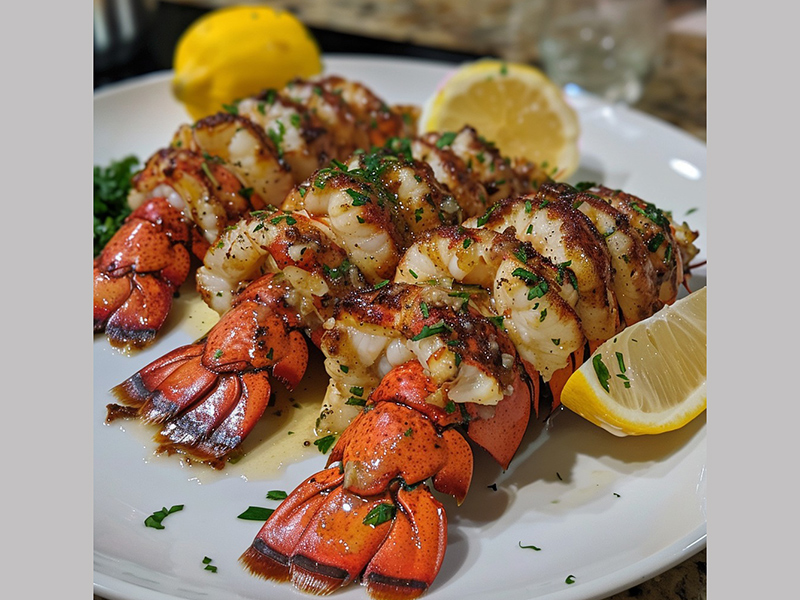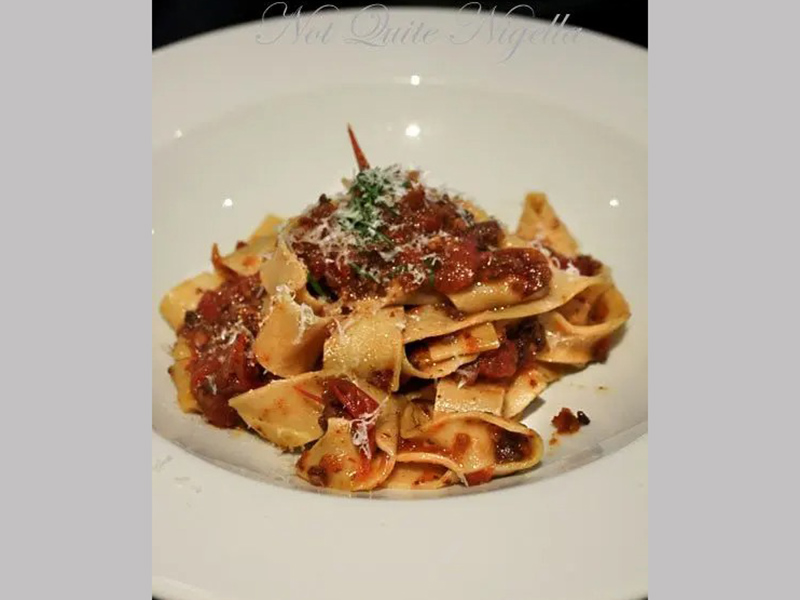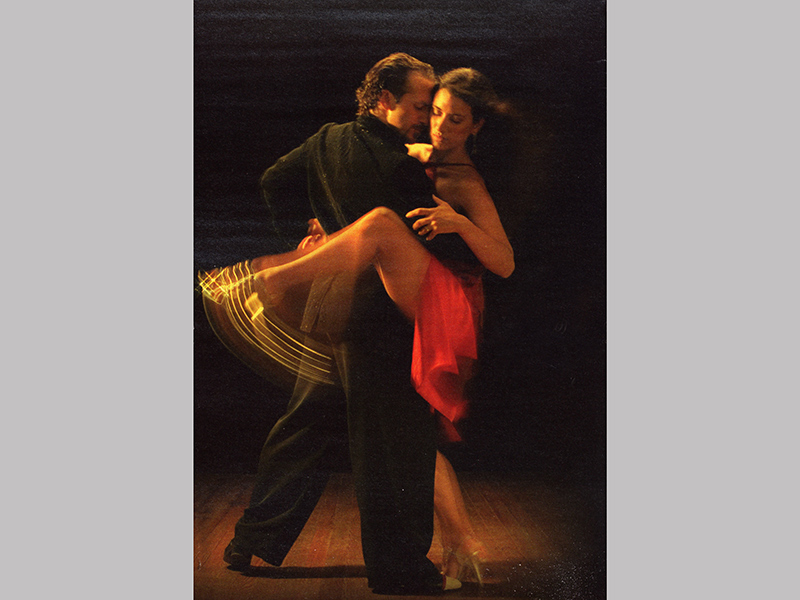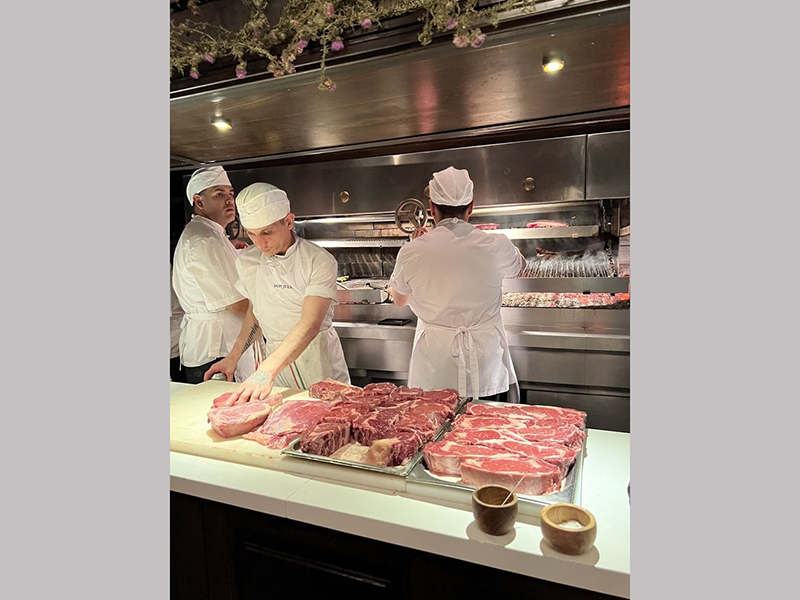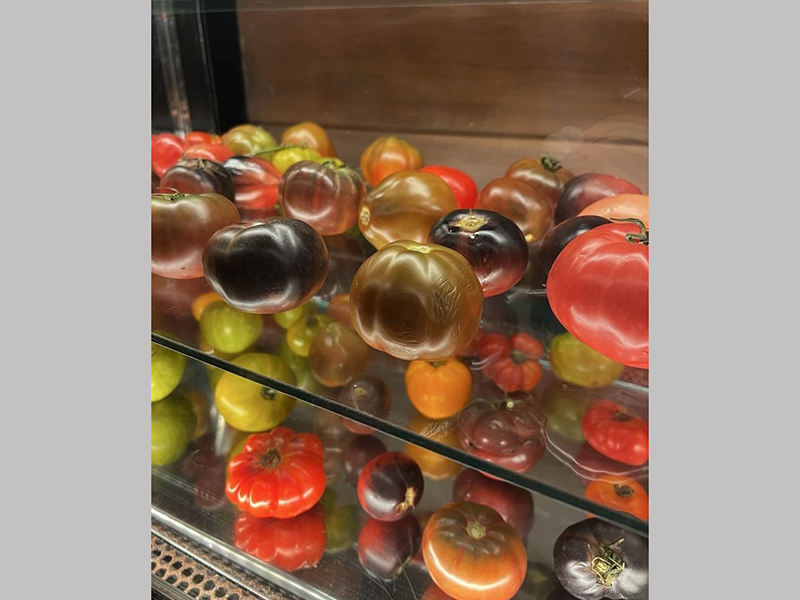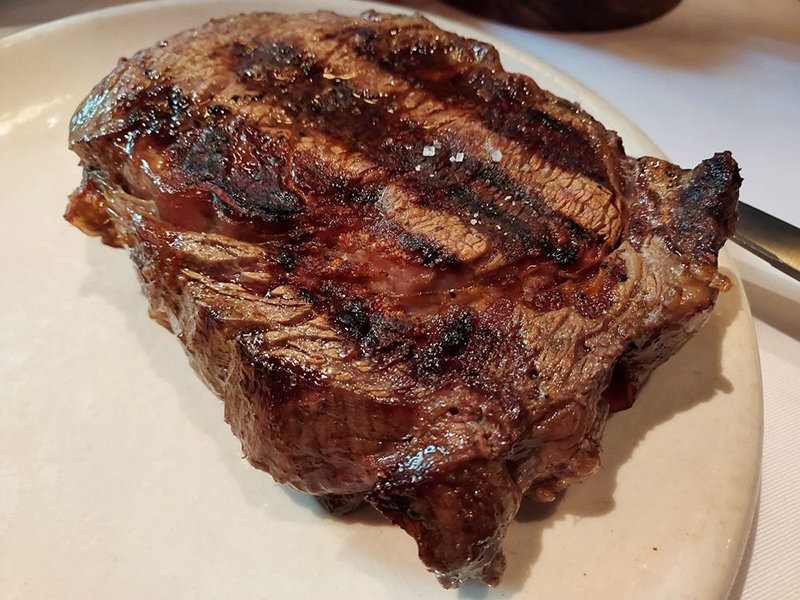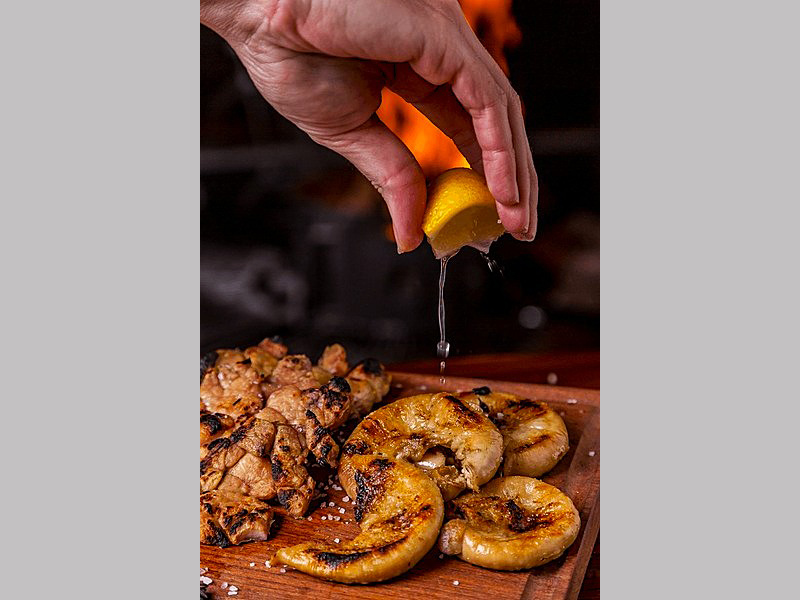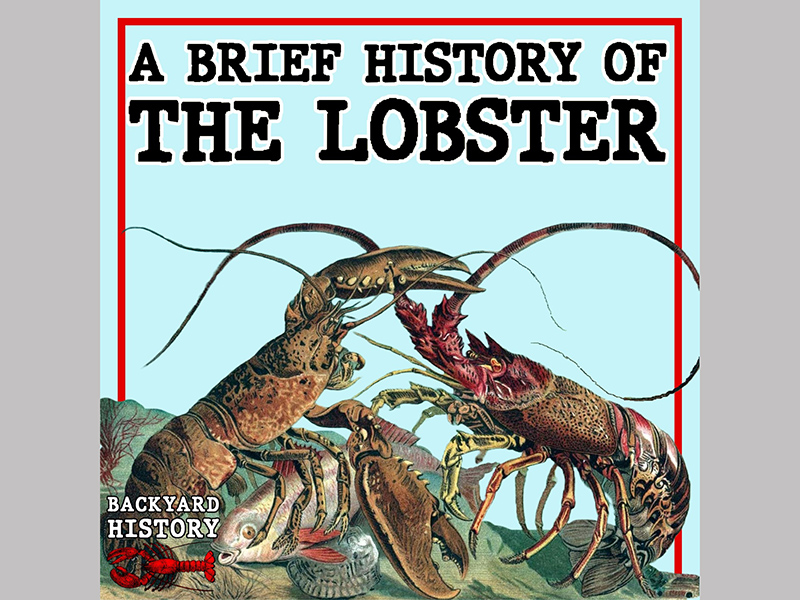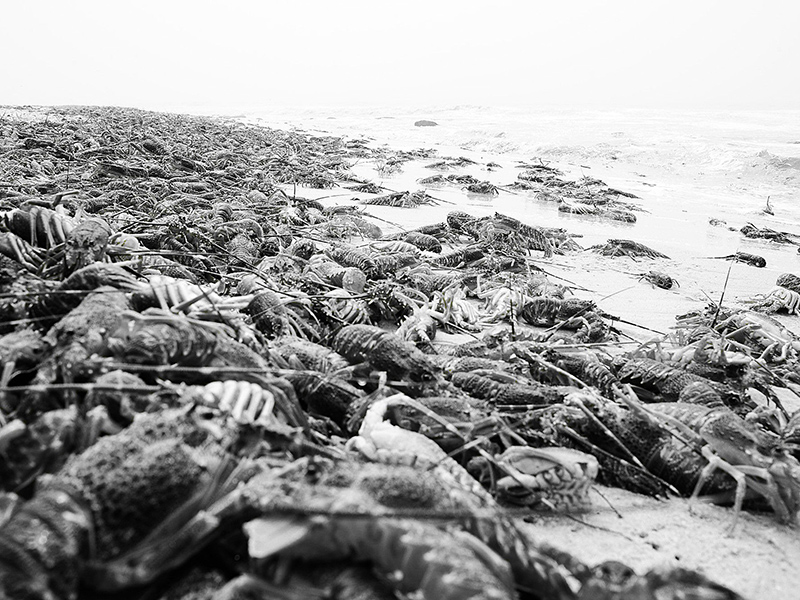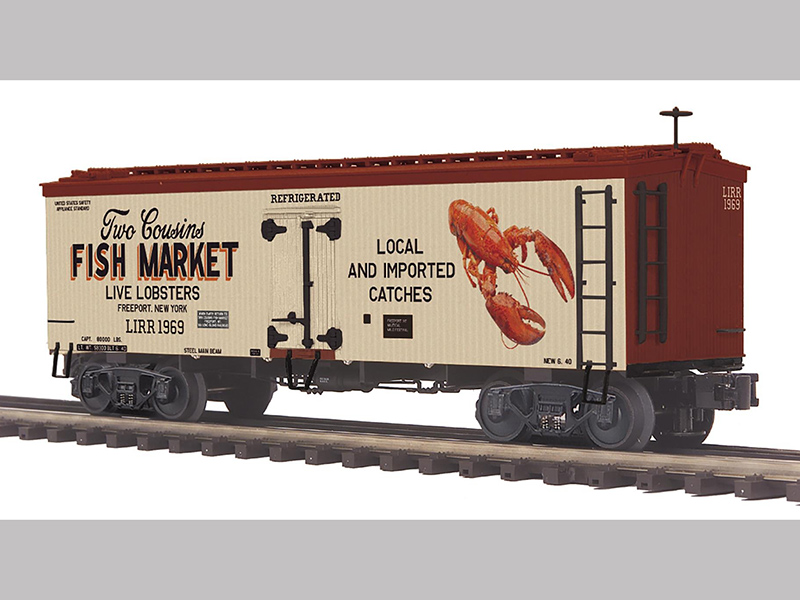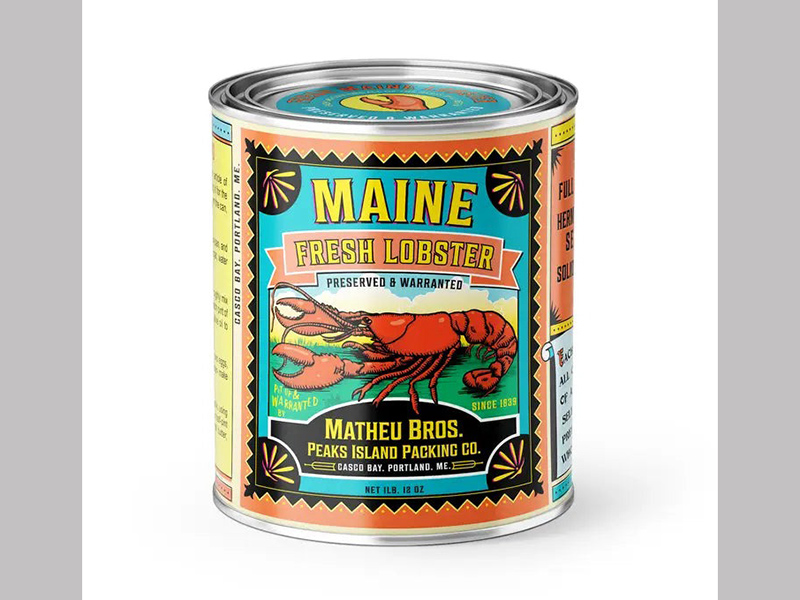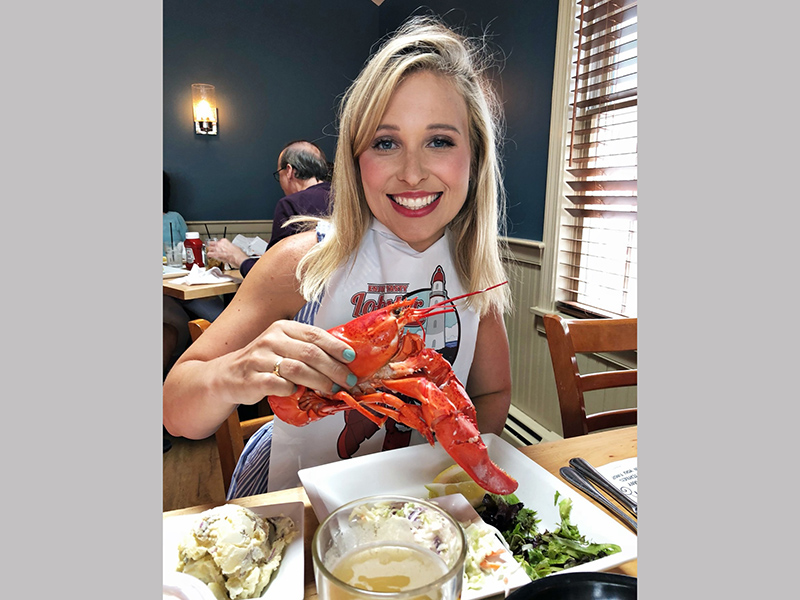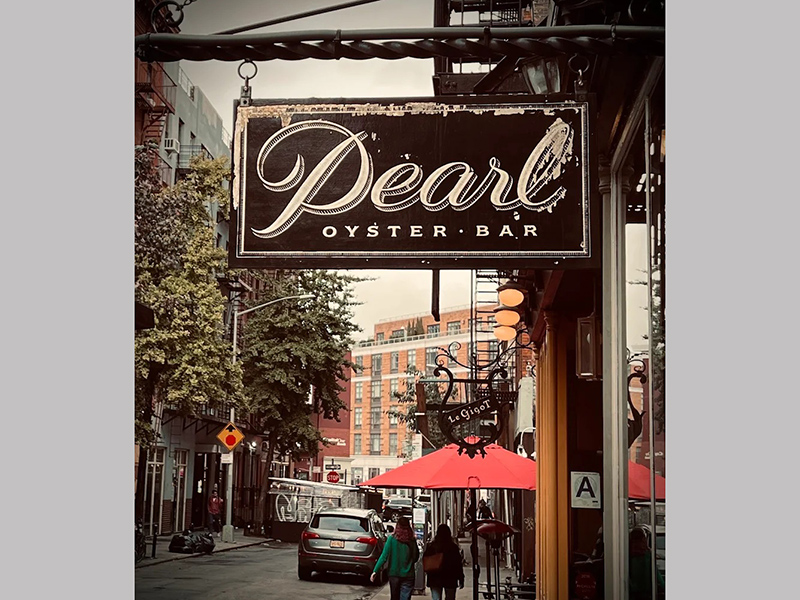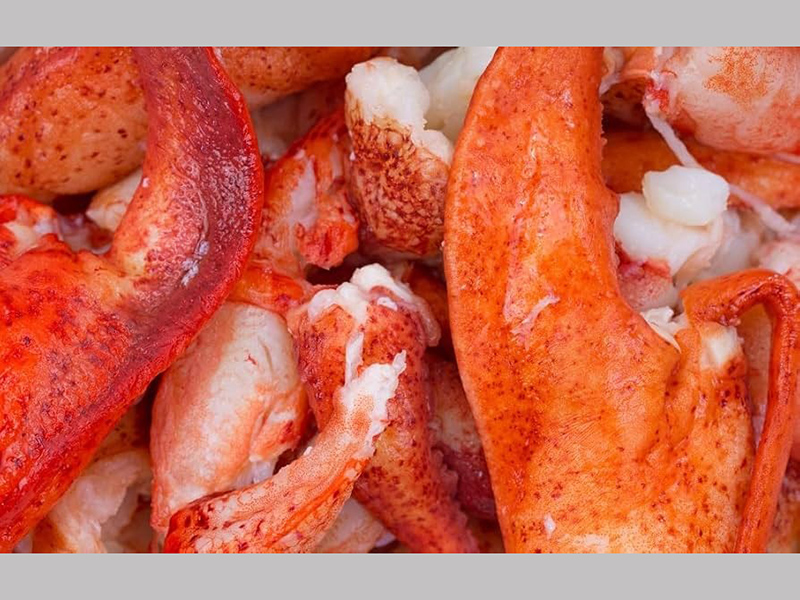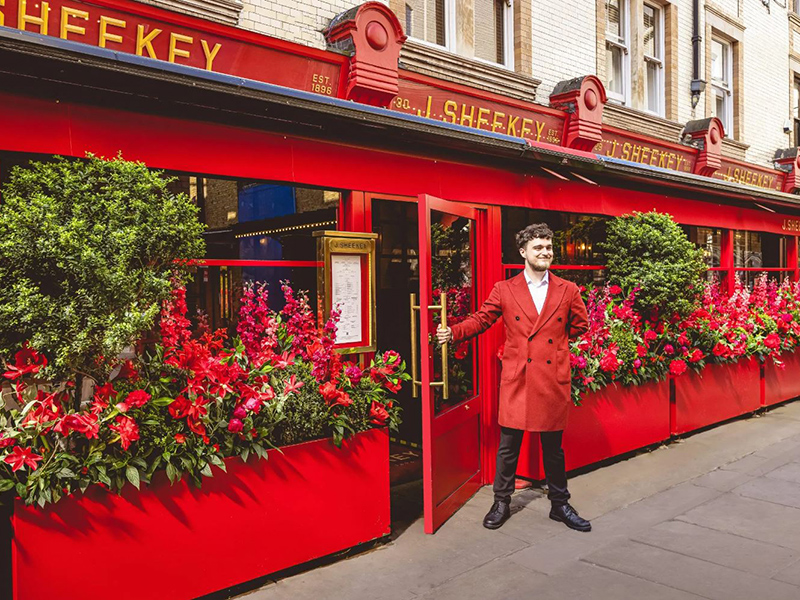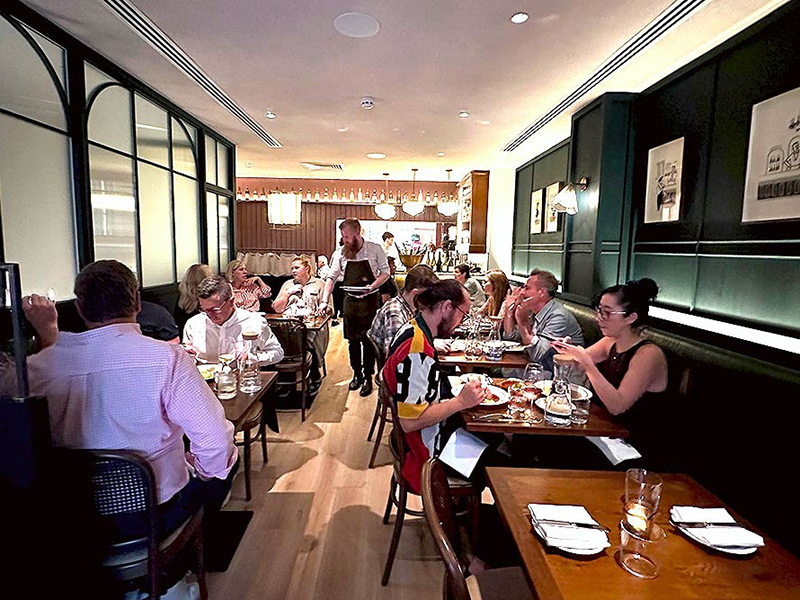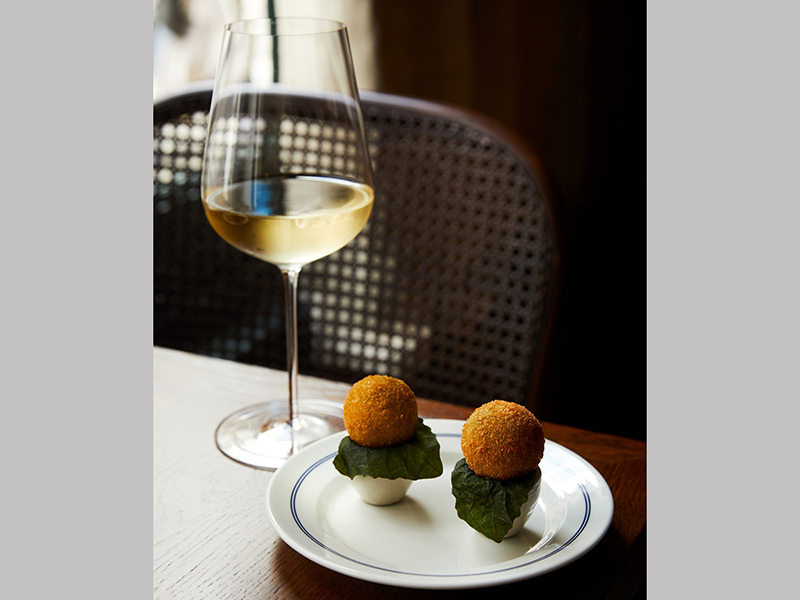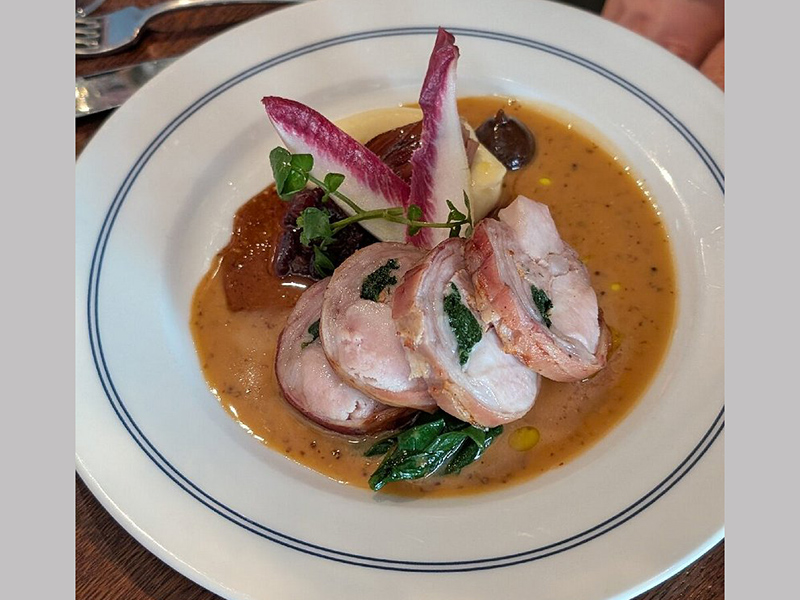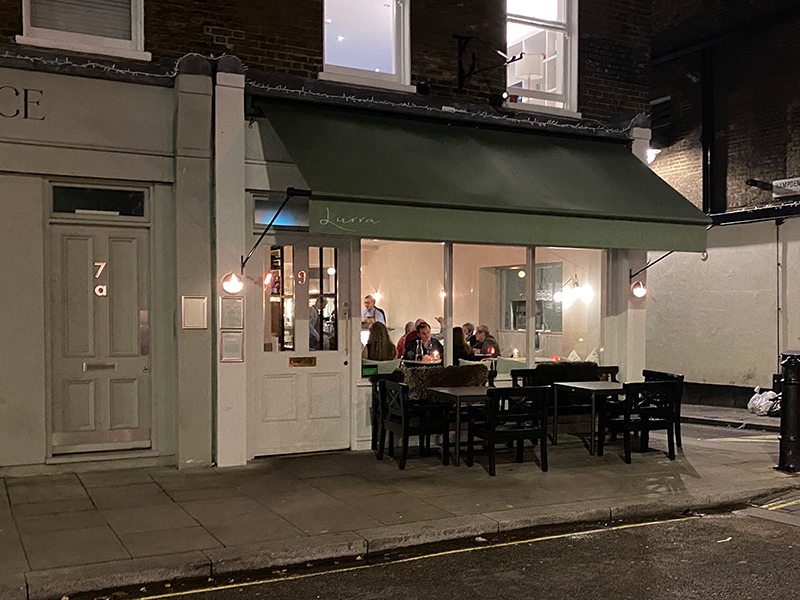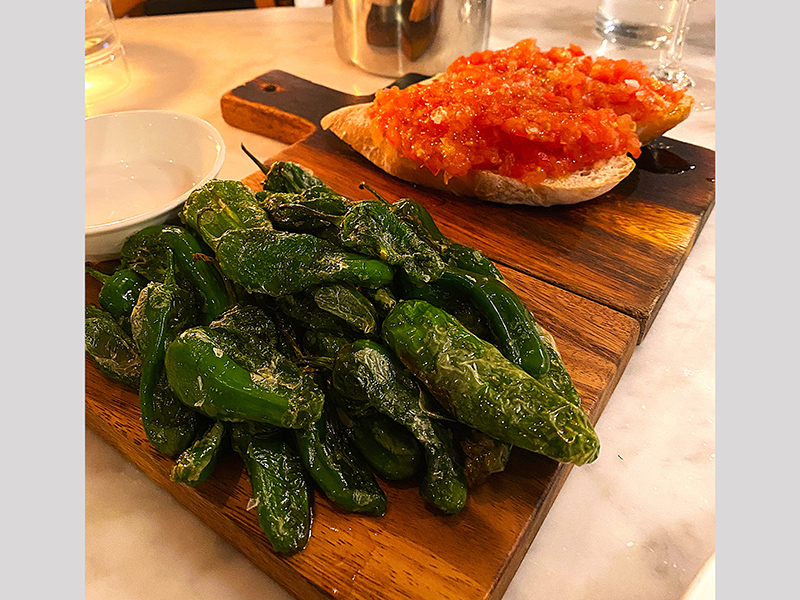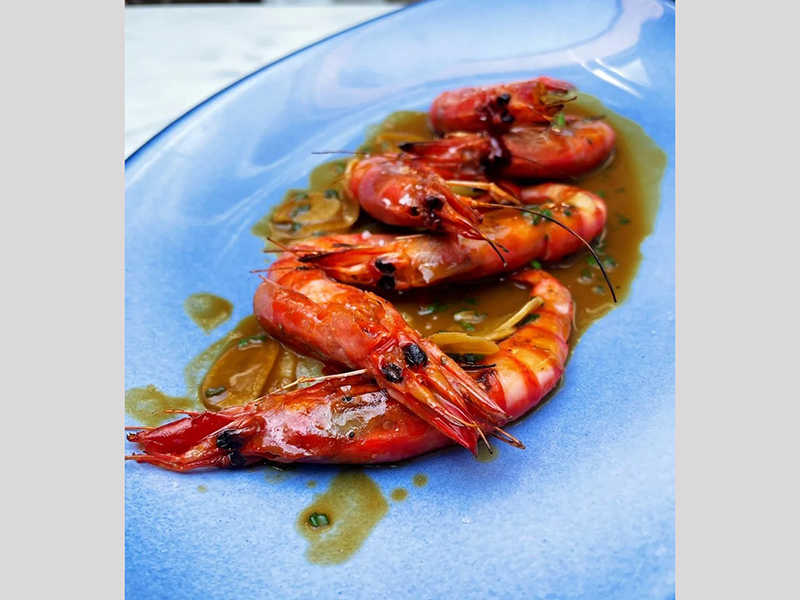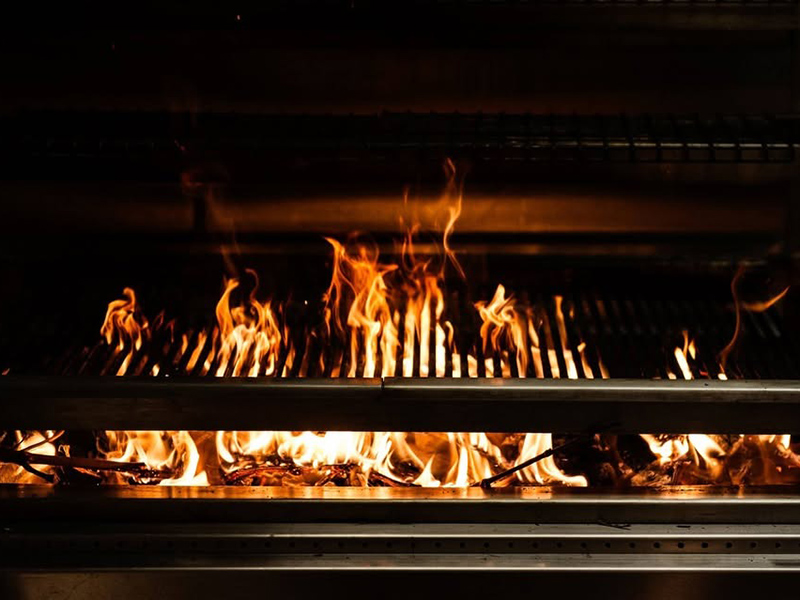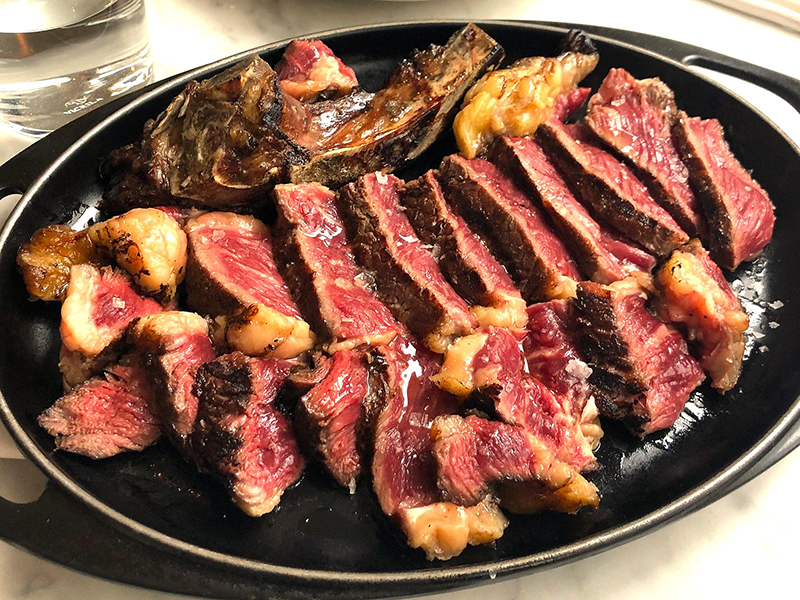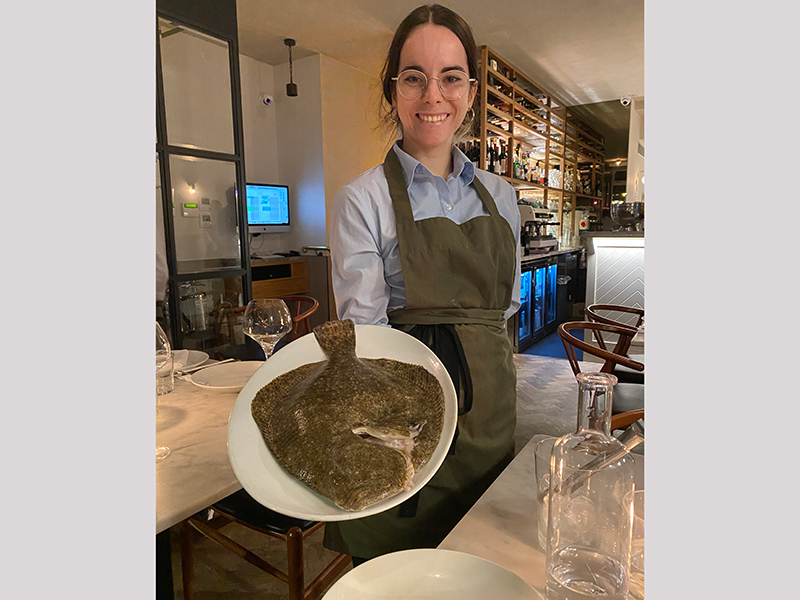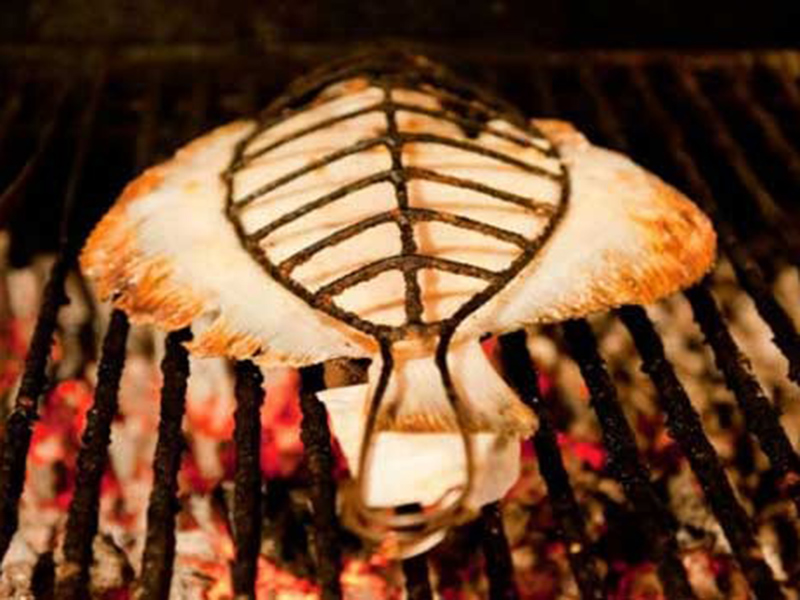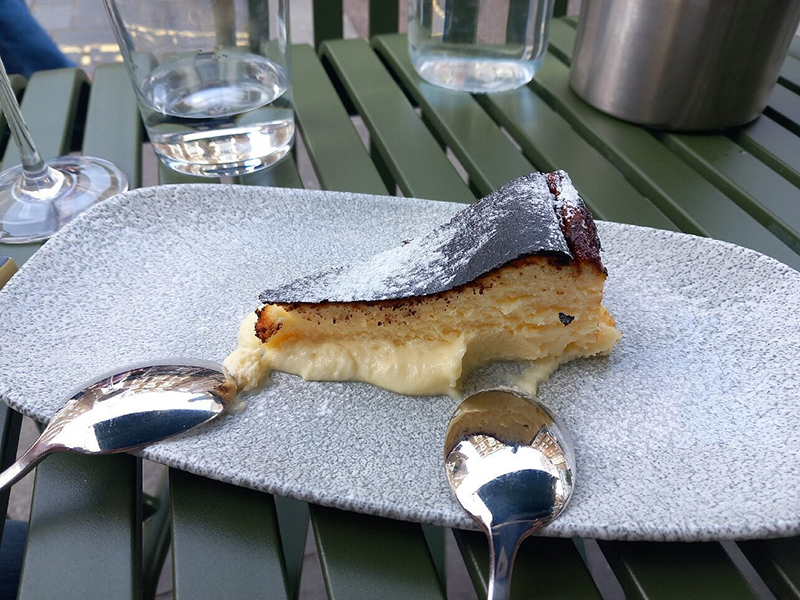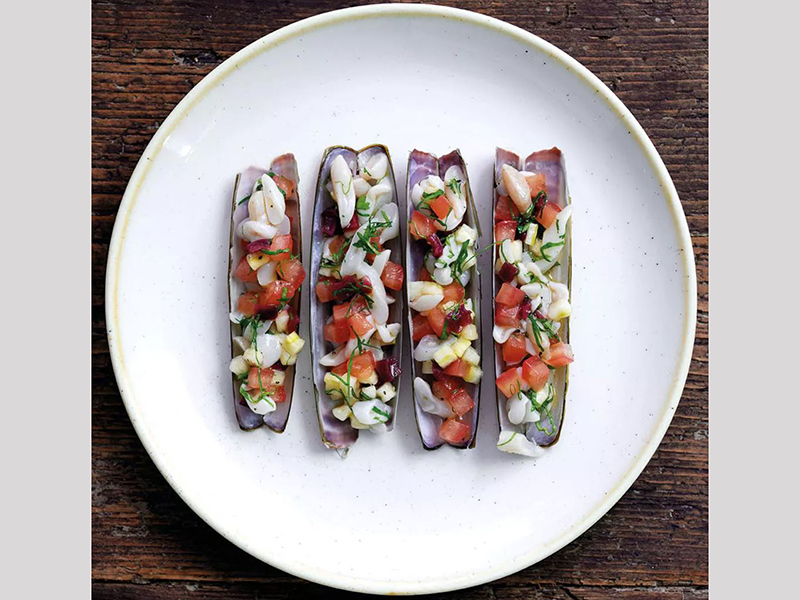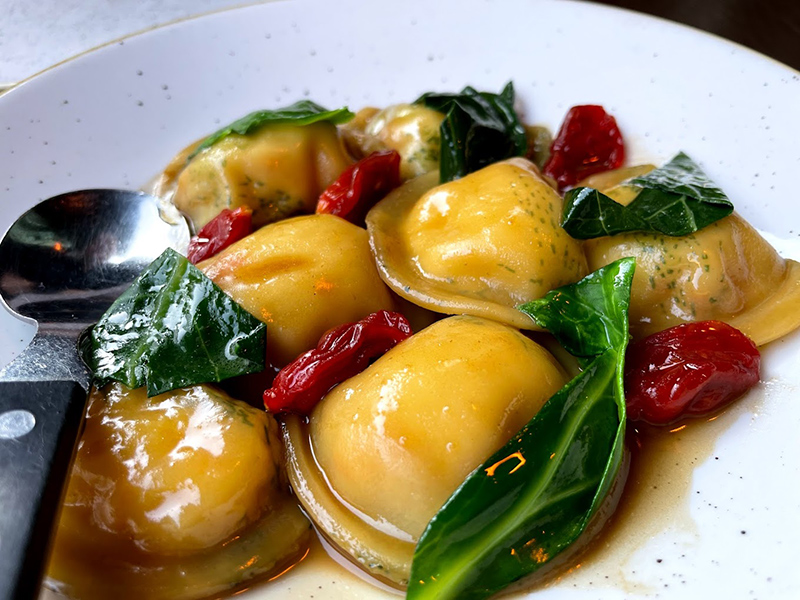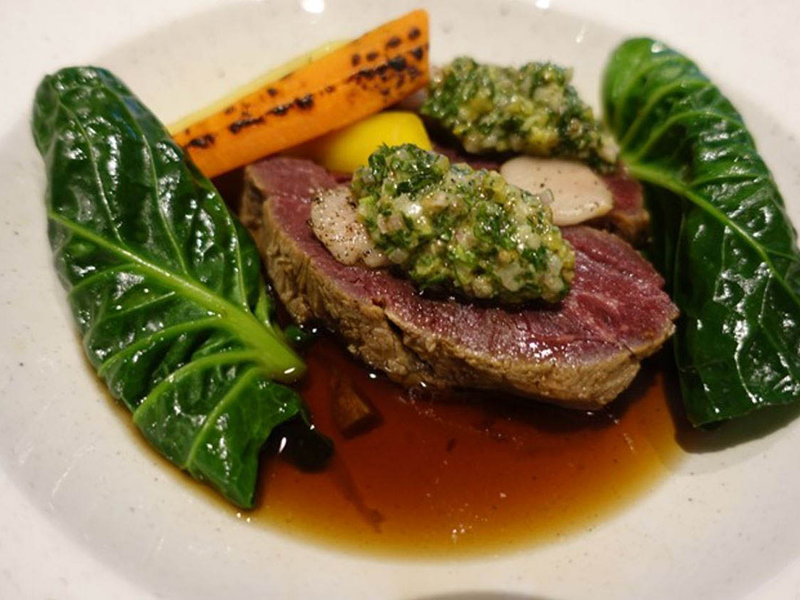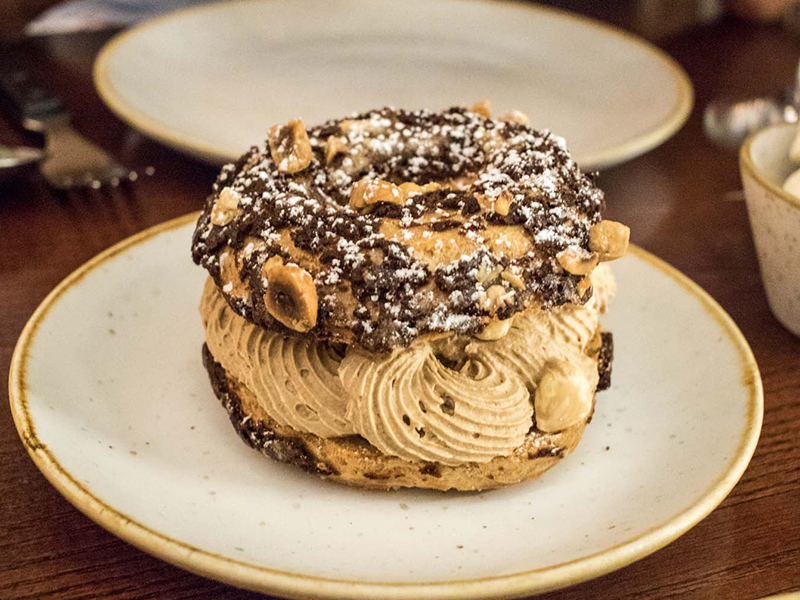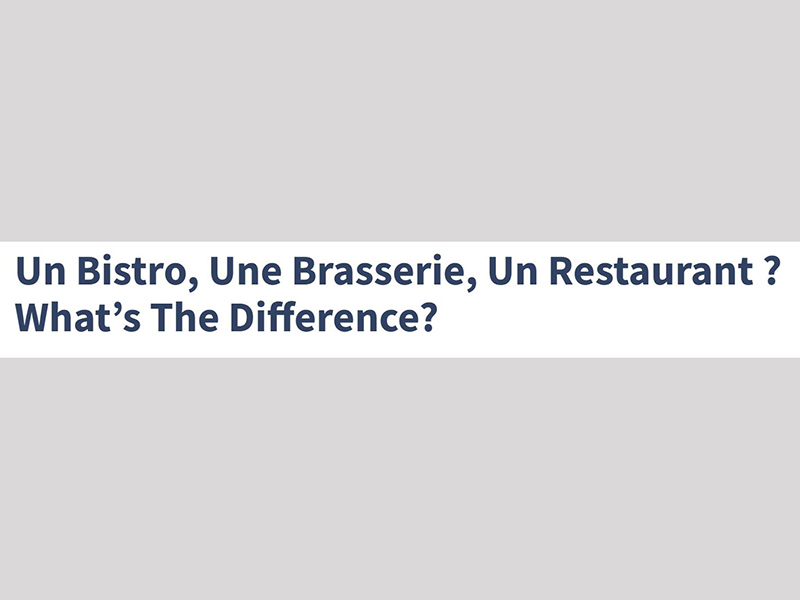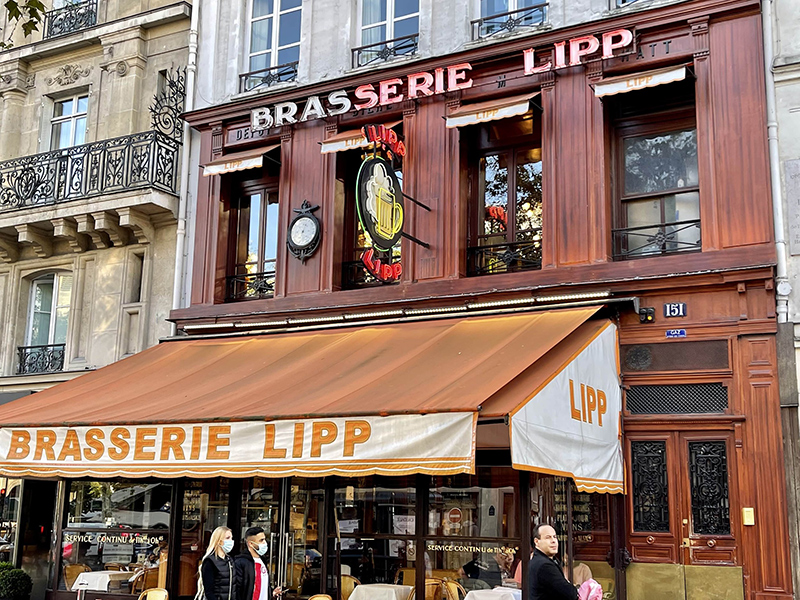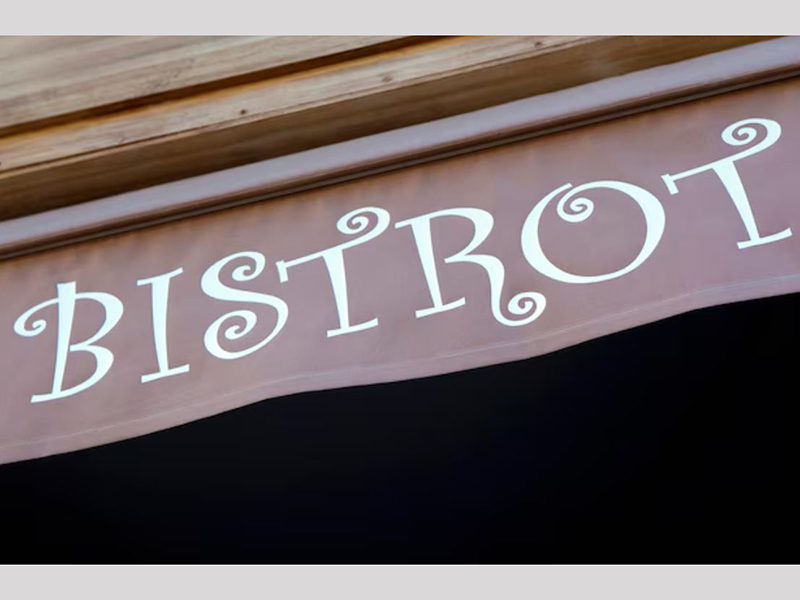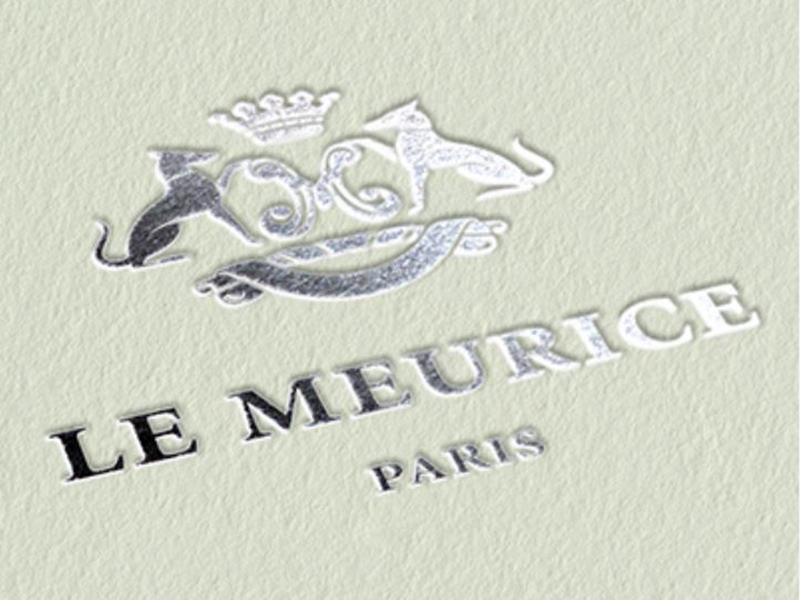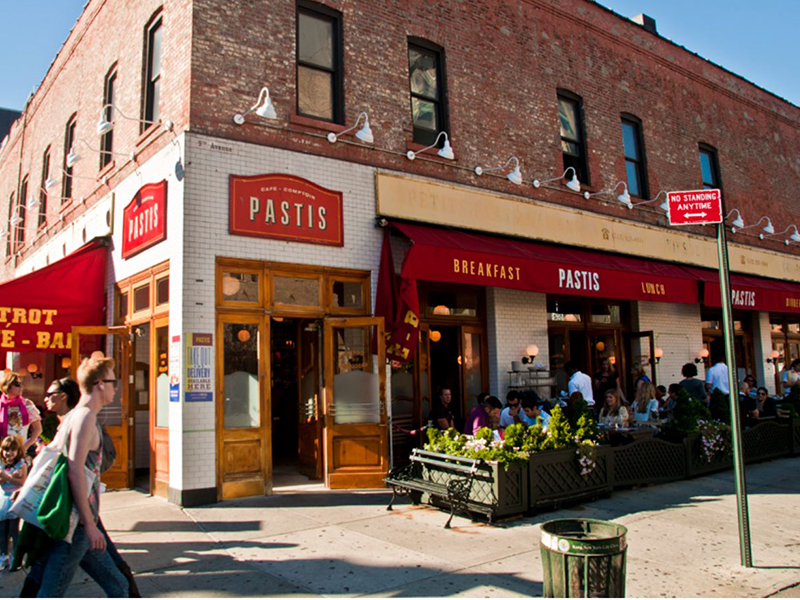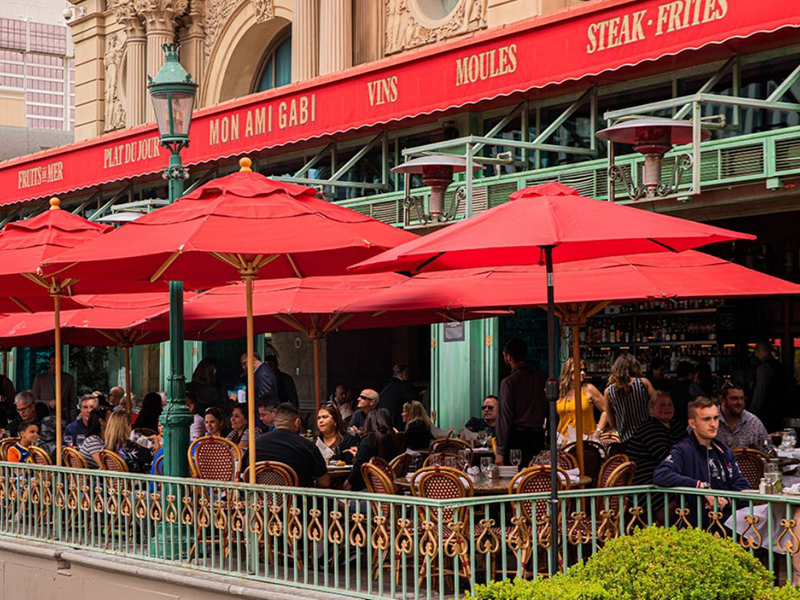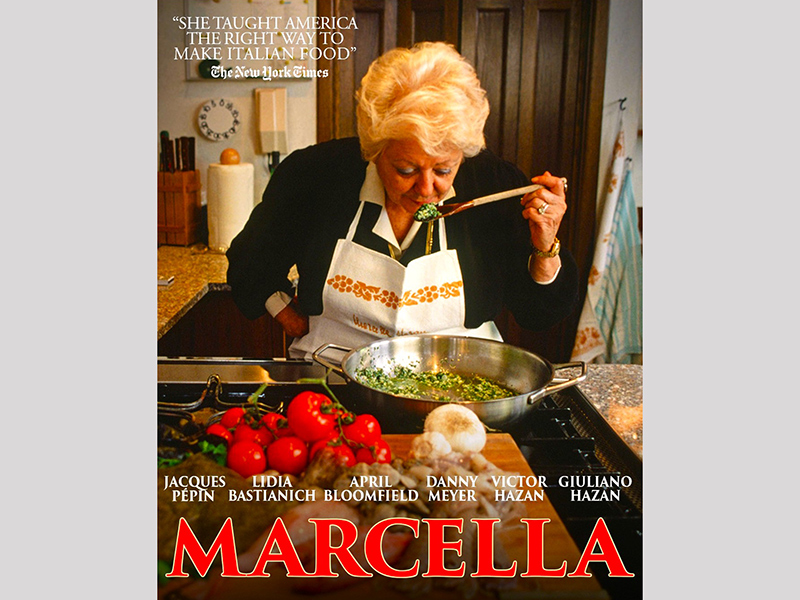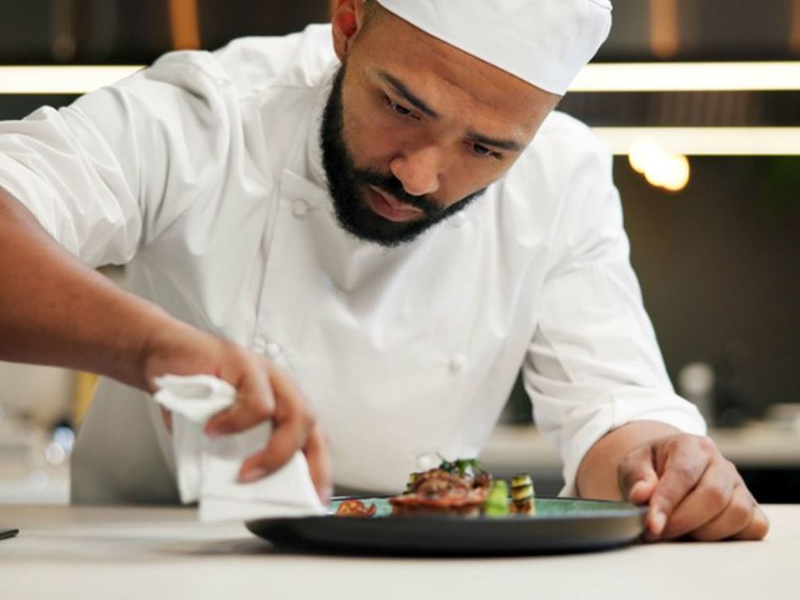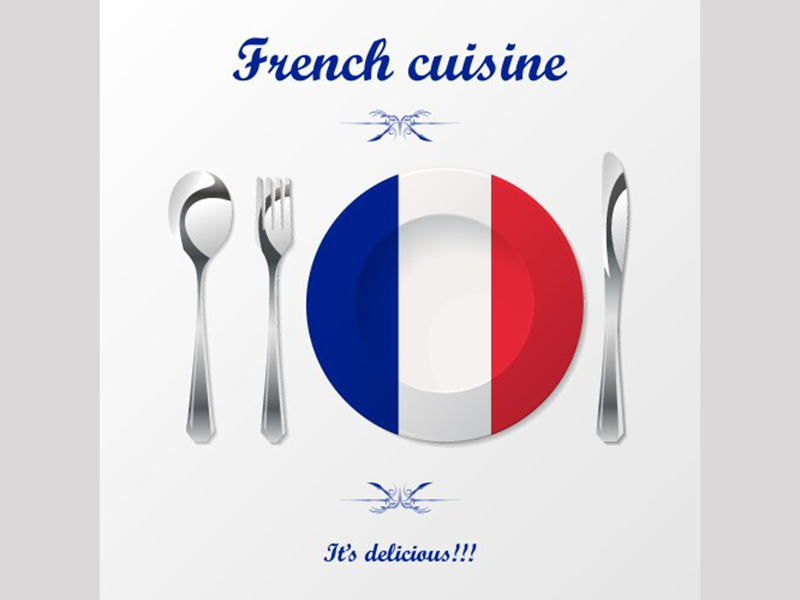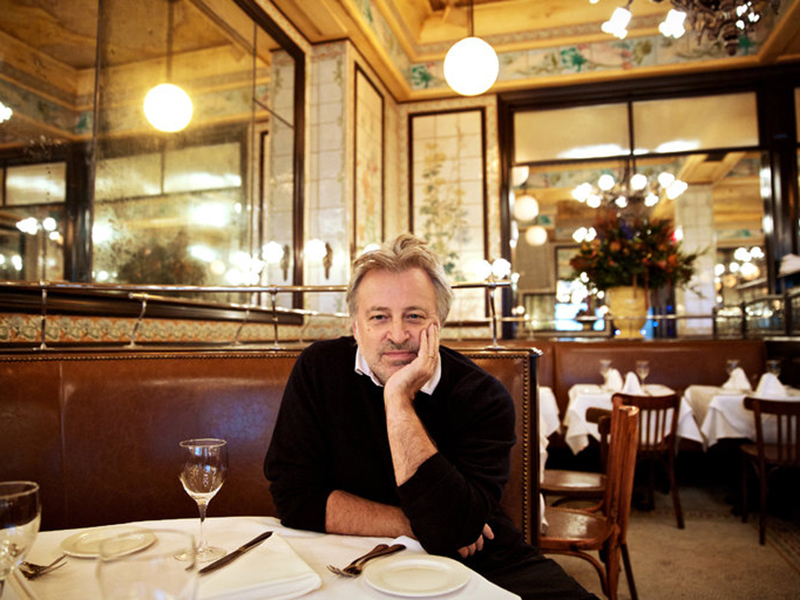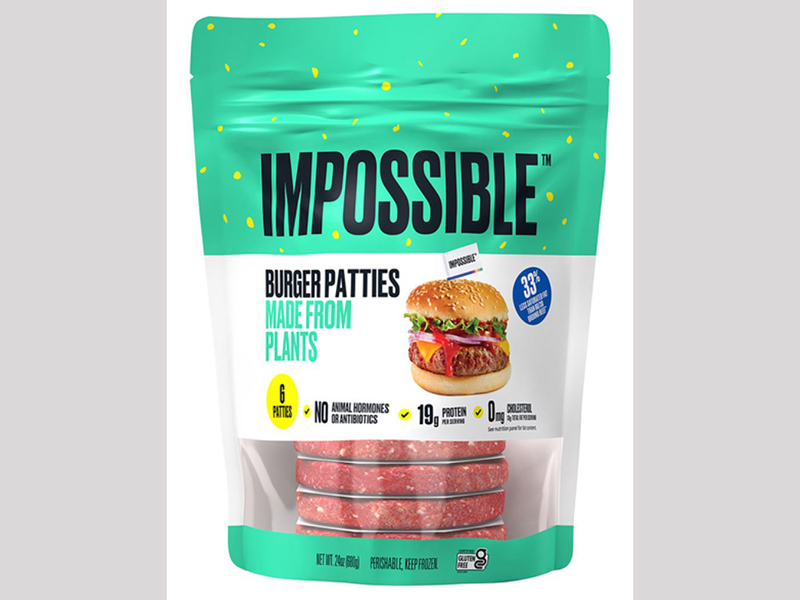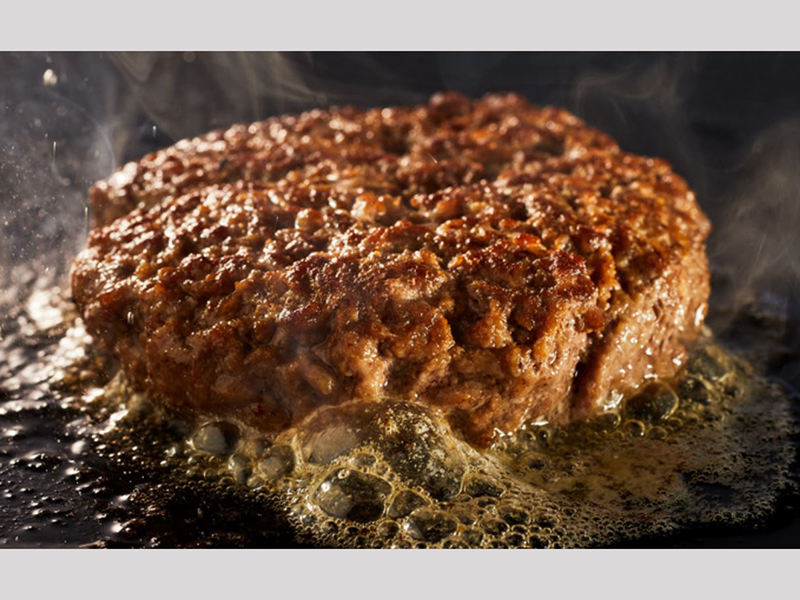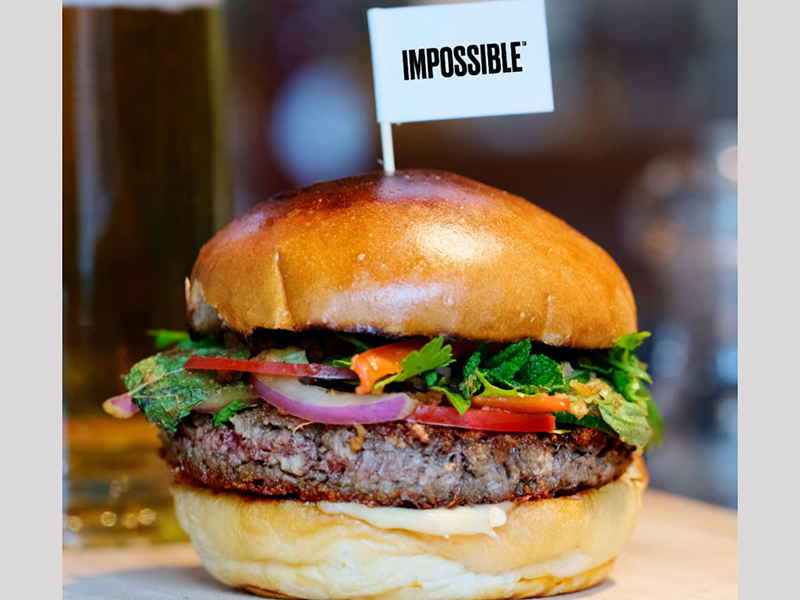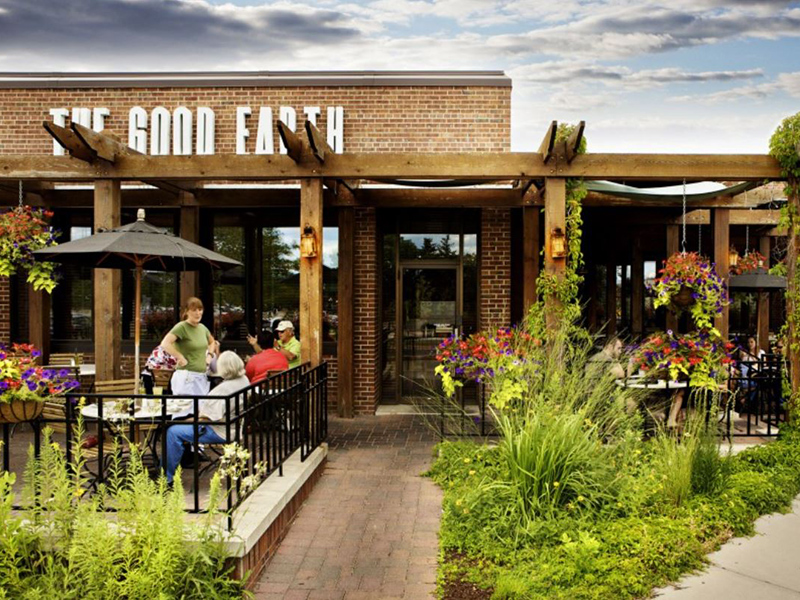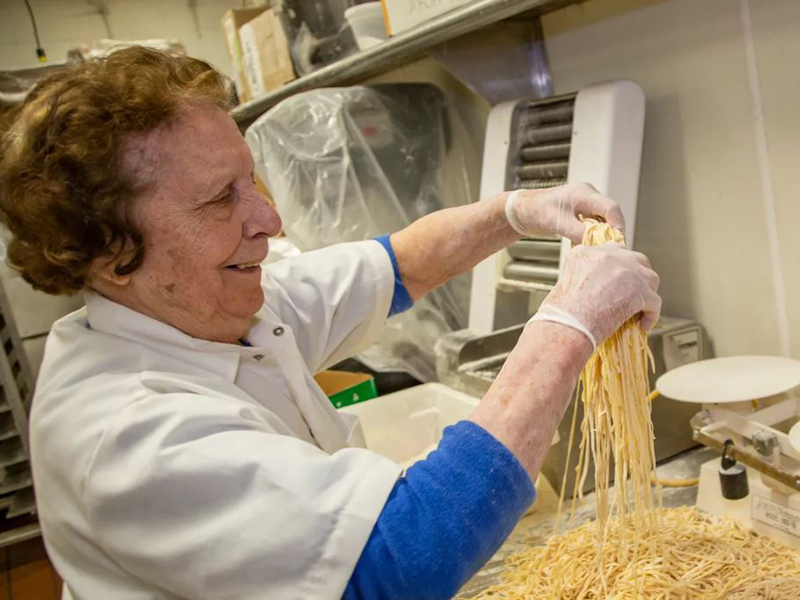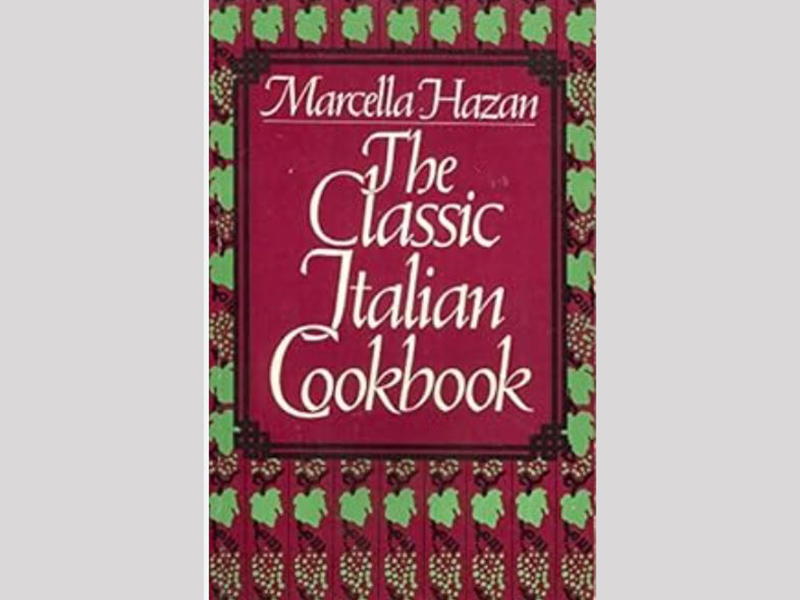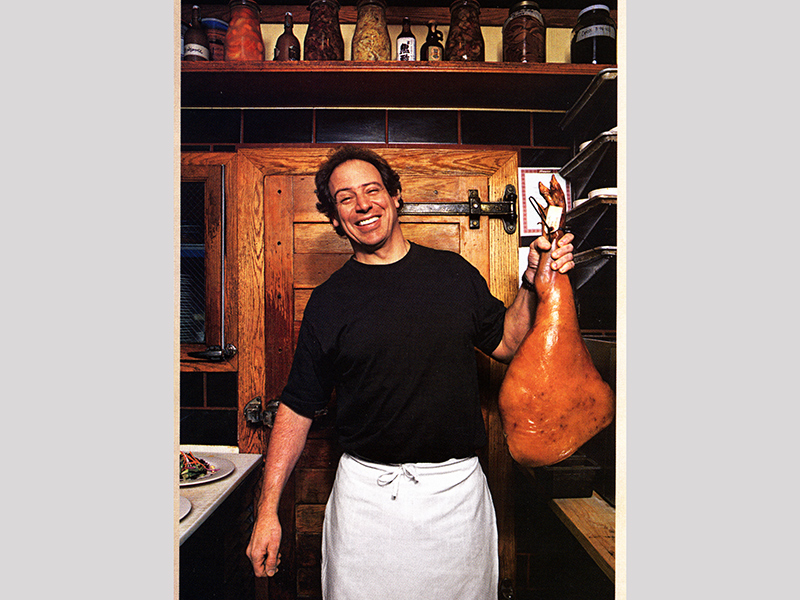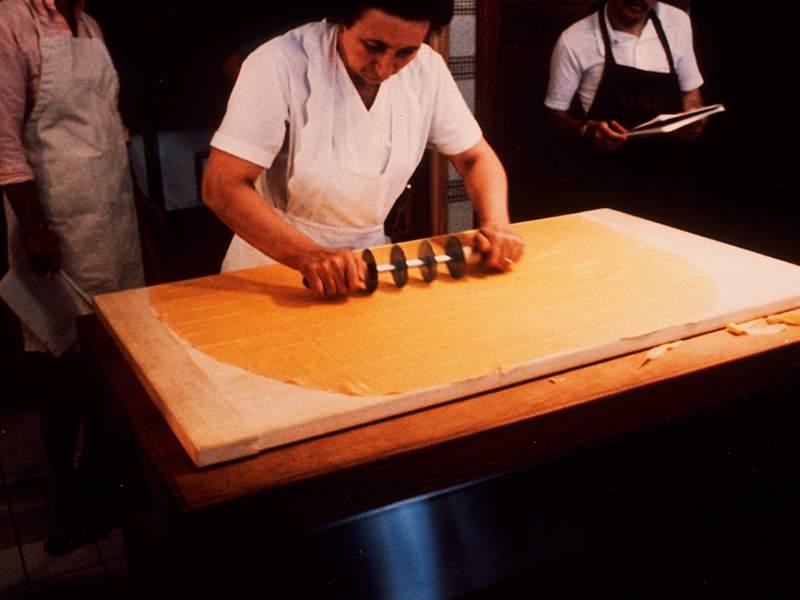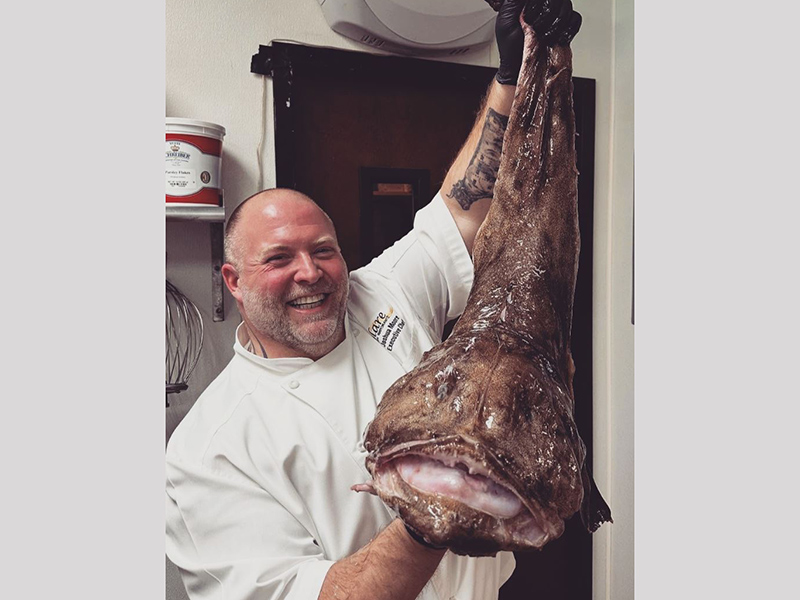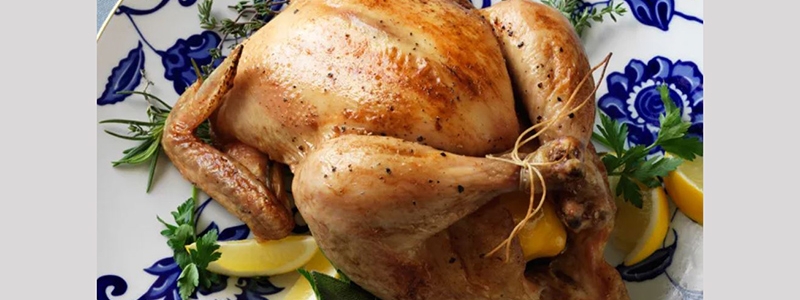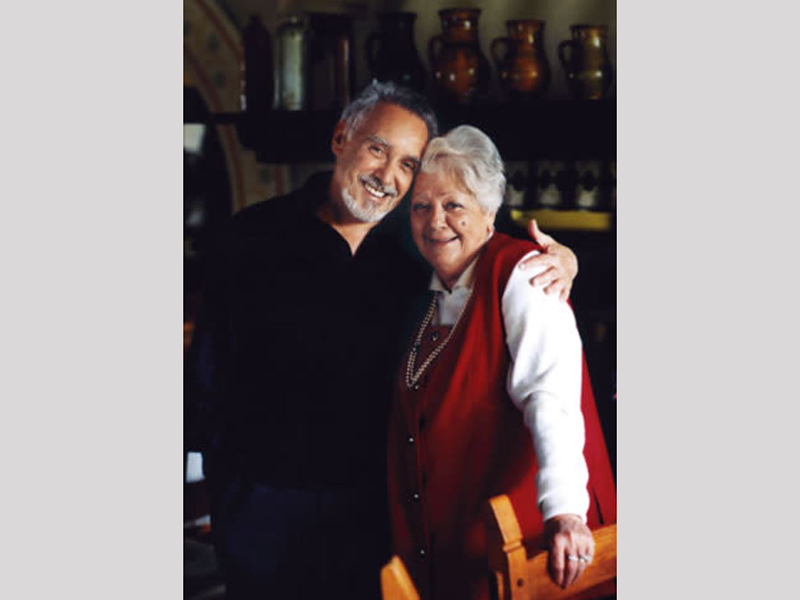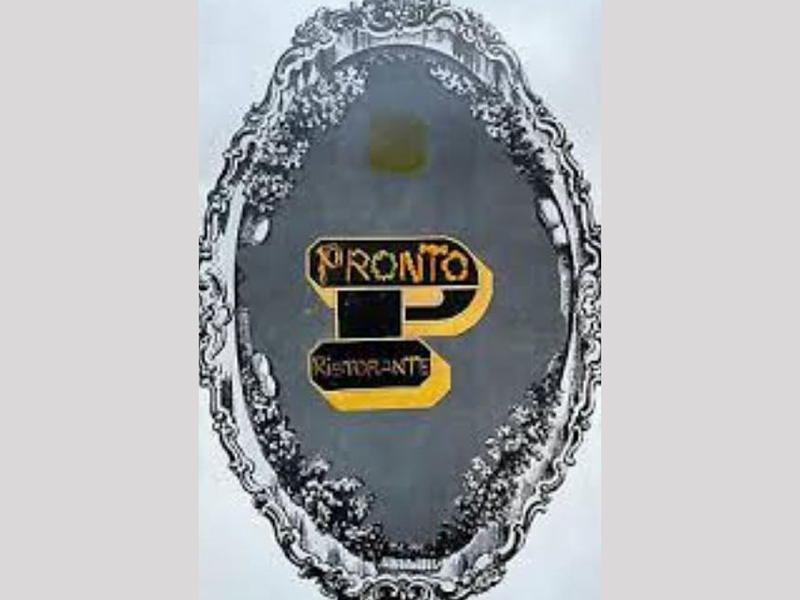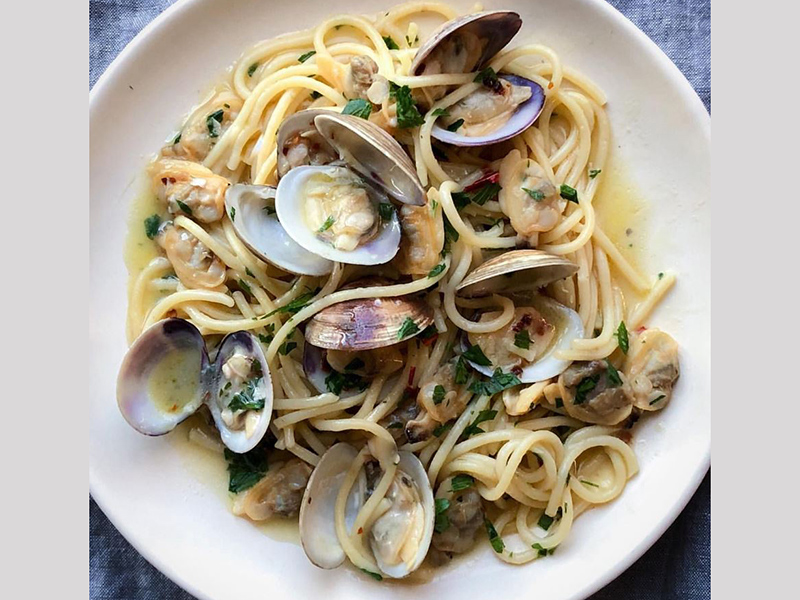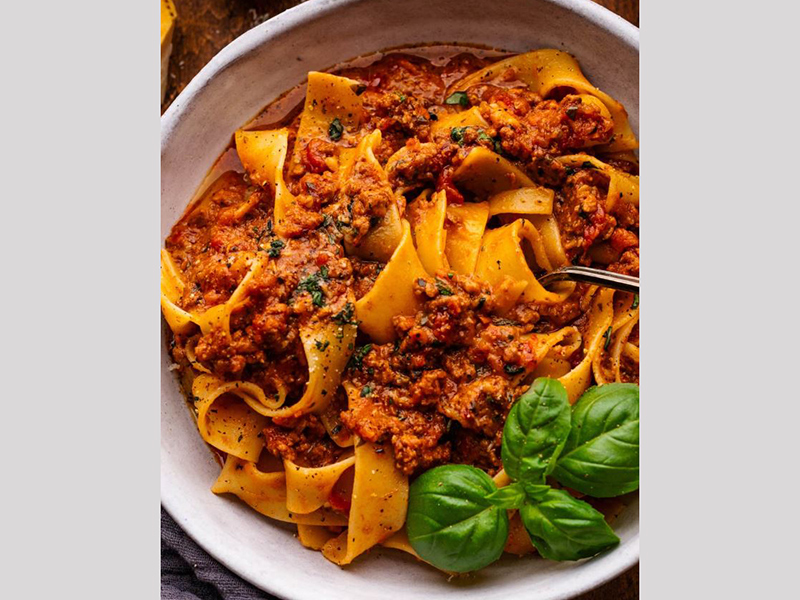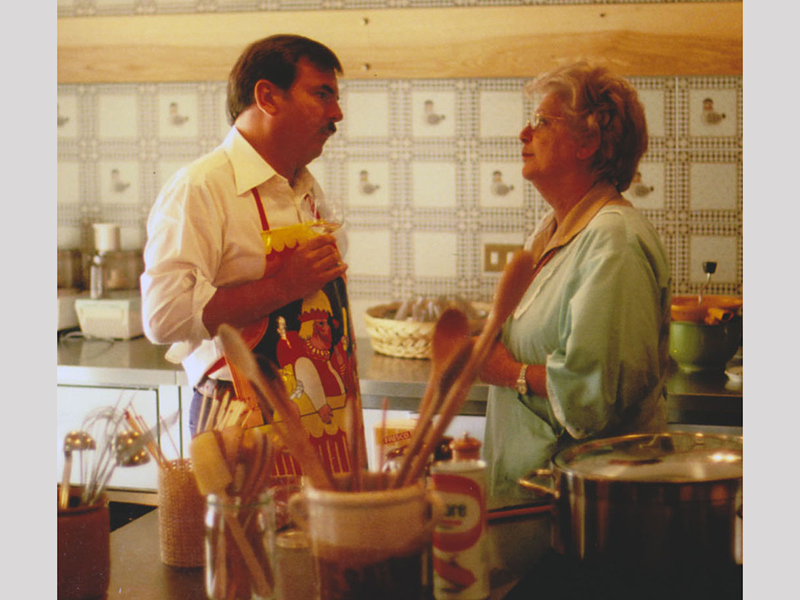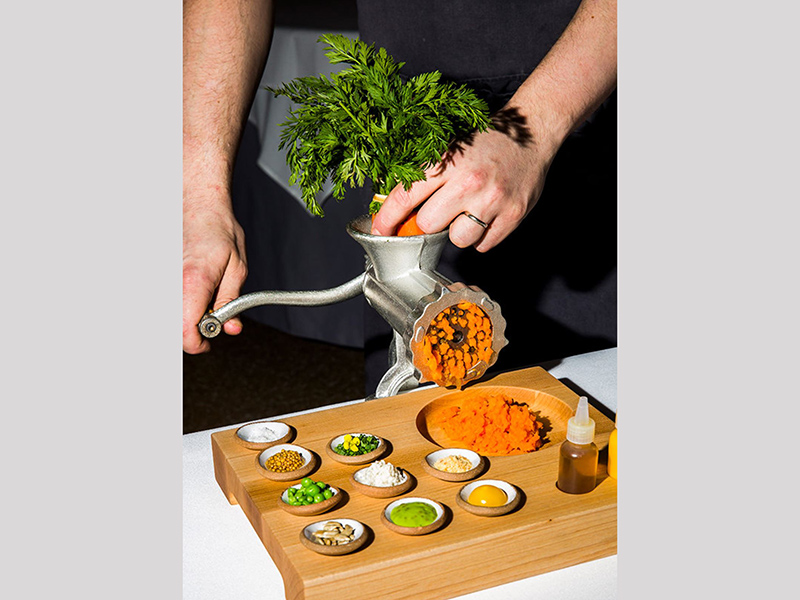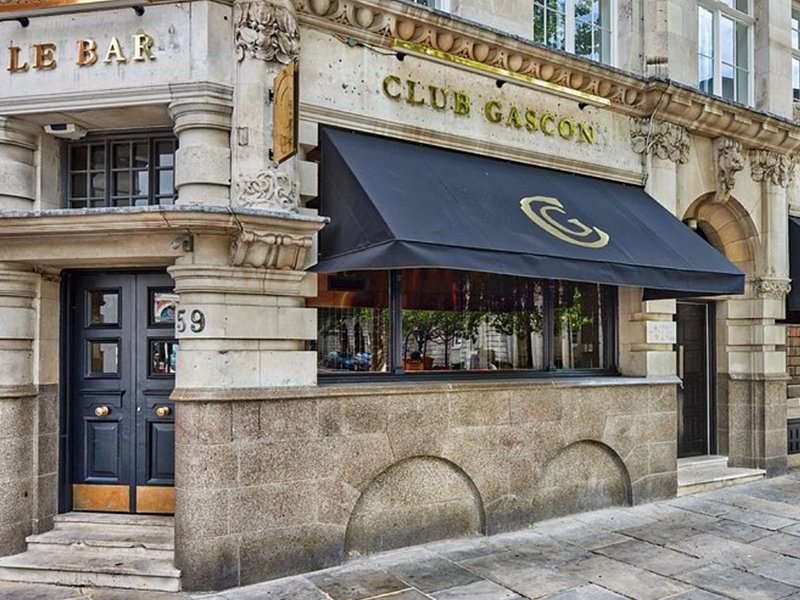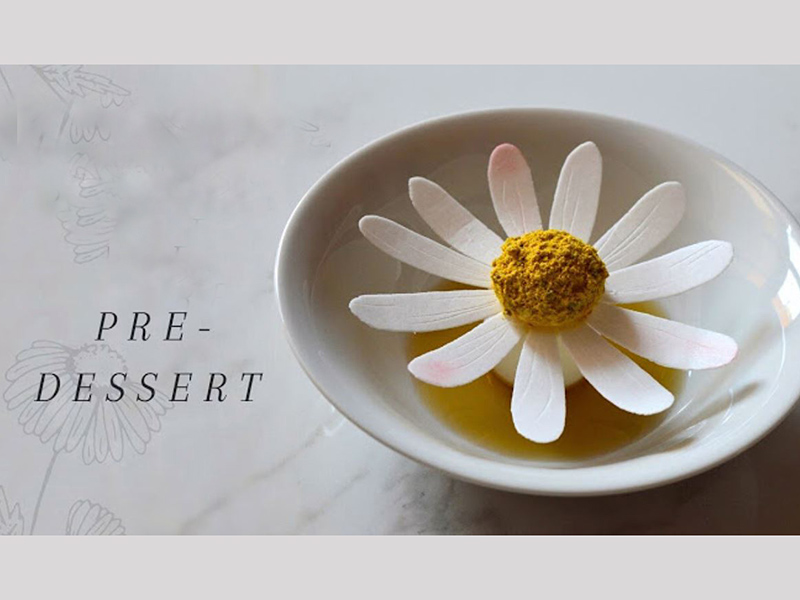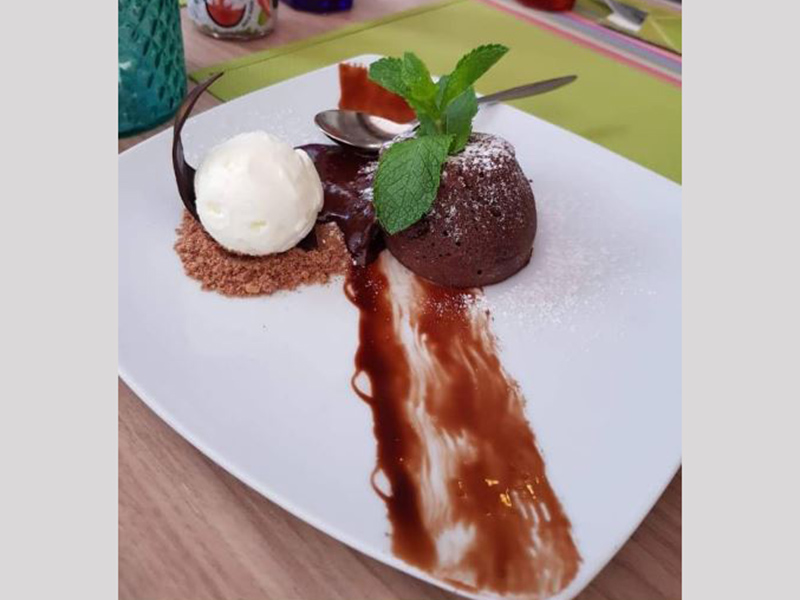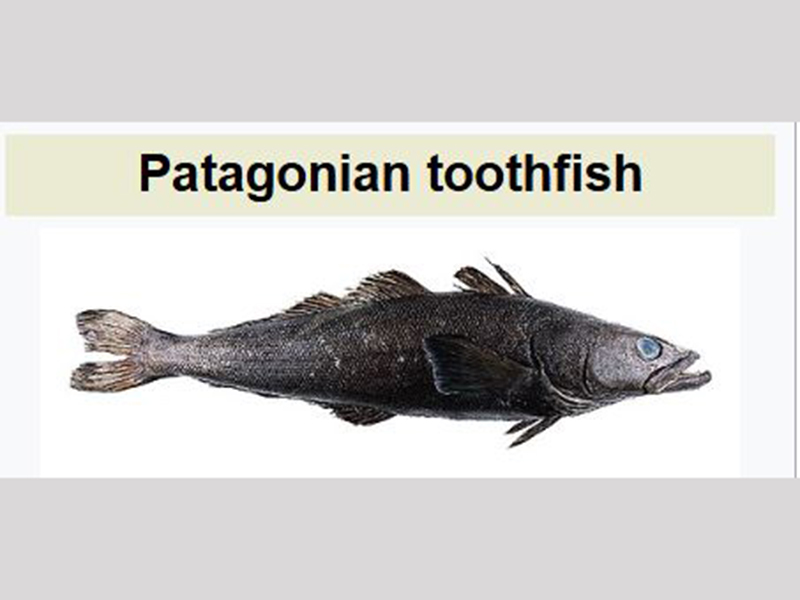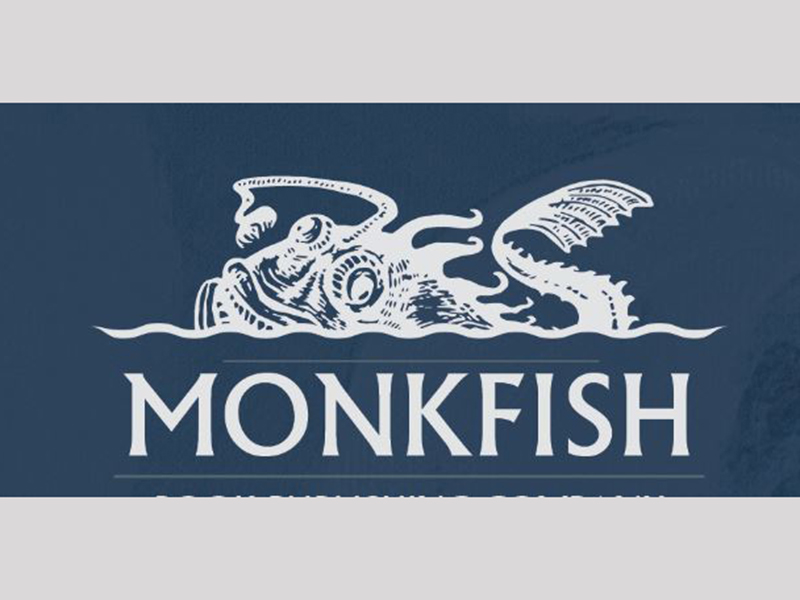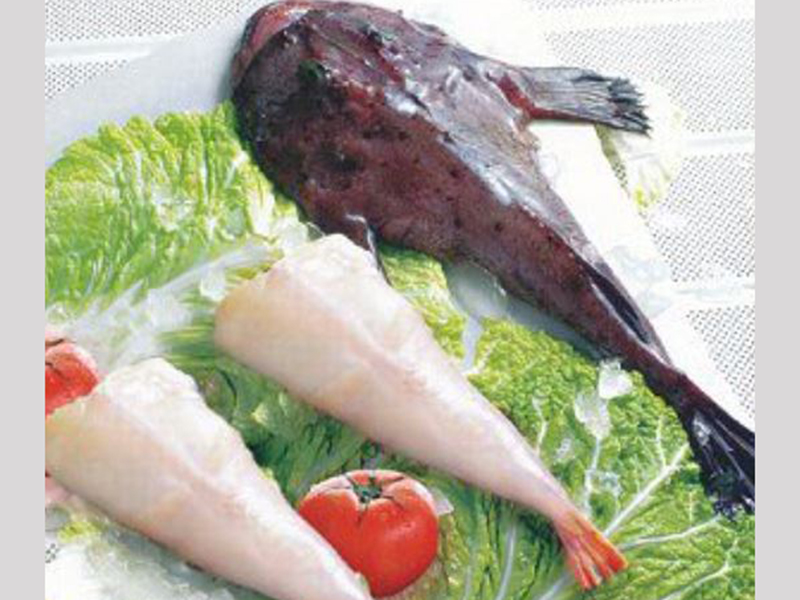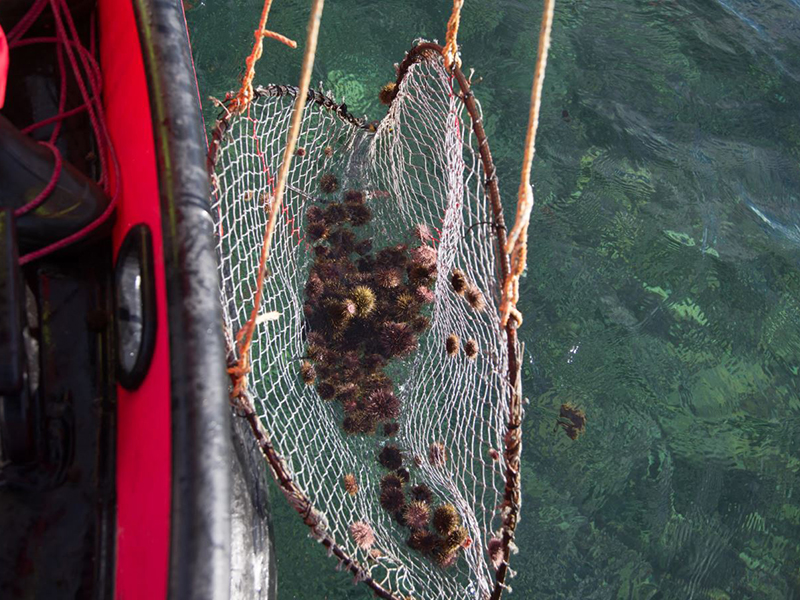In Elizabethan times, the Haymarket in London’s St. James area was, as the name suggests, an outdoor marketplace selling hay and straw as well as local farm produce, crustaceans and mollusks.
One of the merchants was a shellfish monger named George William Wilton. In 1742 he set up a rudimentary stall in the center of the Haymarket and began selling fresh oysters from the coastal waters extending from Dover to Cornwall.
The Wilton stall established a reputation for offering only the very best and freshest oysters. The business thrived for generations, and in 1840 it became a fixed location, also in the popular St. James area, under the name of WILTON’S OYSTER ROOMS.
London’s admiration and obsession for Wilton’s mollusks escalated to the point that Queen Victoria bestowed the Royal Crest of Purveyors on the Wiltons shop. By the 1860s, the Royal Palace was the dominant consumer of Wilton oysters.
Finally, in 1942, the present Wiltons opened on Jermyn Street, home to high-end gentlemen’s outfitters and makers of bespoke shoes and shirts.
The Wiltons of today continues a legacy begun some 300 years earlier – offering the freshest oysters, shucked to order, including Jersey Rocks, Colchester natives, Helford Natives and Kilpatricks. It also offers composed oyster platters, showcasing bacon-y, buttery stuffed oysters, Oysters Rockefeller, and plump, crispy deep-fried ones as well.
Wiltons is a PROPER ENGLISH RESTAURANT with a long history and pedigree that prompted London restaurant critic Paul Henderson to write, ”Vibe? VIBE? My dear fellows, Wiltons does not have anything as GAUCHE as a VIBE…an atmosphere perhaps…possibly an AURA.”
I’d describe it as having the aesthetic of a private British gentlemen’s club, with rich dark-green velvet booths and pale golden walls. It feels like a discreet refuge for England’s upper castes. Wearing my Levi’s and short-sleeved Land’s End Catalog polo shirt, I was warmly welcomed – and promptly seated in Siberia.
But if Joanne and I embarrassed ourselves, it wasn’t our clothes that exposed us the vulgarians we are. It was the amount of food we ordered (But, hey, this is our job…work, work, work.)
A snack for sharing at our table? Yes, please. On our last visit we started with an order of the Welsh Rarebit. First documented in 1781, this dish combines melted cheese, bracing ale, Colman’s hot English mustard, Worcestershire sauce and butter spread over grainy toast, then browned until bubbly under the broiler.
Next, we shared a carefully curated Devonshire Crab Salad, with a fistful of sweet claw meat, packed with flavor (cost: 34 pounds). And then came the superstar of the starters: a twice-baked Colston Basset Stilton Cheese Soufflé, delivering an artery-hardening burst of flavor in every bite (20 pounds).
As one would expect from a premium seafood restaurant, lobster occupies a substantial portion of menu real estate. In fact, Wiltons offers five superb iterations of crustacean. There’s whole-steamed lobster, of course, and a simply grilled version. A lobster claw and knuckle cocktail is also on offer, along with a velvety-smooth Lobster Bisque and a decadent, debauched, DELICIOUS Lobster Thermidor – made with meaty lobster chunks, heavy cream, butter and cognac that’s stuffed into lobster shells, crowned with Parmigiano and Gruyere cheese, and broiled ‘til slightly crusted.
Make that SIX iterations of lobster: Wiltons has also reached across the sea to Delmonico’s in New York City for its classic NEWBURG, featuring lobster morsels in a sherry-laced heavy-cream sauce. Do I detect a pinch of nutmeg?
But, you ain’t seen nothin’ yet folks…
Many of you have eaten “DOVER SOLE” …or have you? There’s a good chance it was Lemon Sole, or slightly gummy Pacific Sole, both of which resemble Dover Sole more than they taste like it. Certainly, there’s nothing wrong with them. They are, by-and-large, good fish. But they are not GREAT fish.
No, true Dover Sole comes from the waters along the White Cliffs of Dover on the south coast of England, as well as the icy waters surrounding Great Britain. They are distinctly different from other flat fish masquerading as the real thing. The flesh has a unique, meaty texture and, in contrast to the more mundane whitefish, a flavor that is mild, delicate, sweet, firm and buttery. True Dover Sole, by the way, GLISTENS.
If only there were a place where you could be assured of getting not just the real thing, but the finest example of it.
Well, that would be Wiltons. Its signature Dover Sole is recognized as THE BEST IN ALL OF GREAT BRITAIN.
Sourced from the boats and markets in the southern coastal town of Dover, WILTONS sole is prepared right before your eyes, tableside. The fish is fileted, then dredged in seasoned flour and sauteed in butter (lots of butter) with parsley and fresh-squeezed lemon until it is caramelized, crisp and tender. Then it’s deboned, reassembled and served simply with a side of Jersey Royal new potatoes.
Yet make no mistake, Wiltons doesn’t ignore the landlubber. Indeed, it touts its meat – and game offerings in particular – with the same passion that its trumpets its seafood. They include Scotch Beef Filet Mignon, Roasted Red-Legged Partridge, Tournedos Rossini (topped with foie gras and black winter truffles), and – for the adventuresome diner – Braised Kidneys.
Regardless of what main course you order, a must-have side dish for the table is Joël Robuchon-style Potato Puree – silky smooth (half butter, half potatoes), topped with a generous shaving of white Alba truffles.
And, if all this isn’t enough…Ladies and gentlemen, IT’S SHOWTIME!
Enter the Christofle luxury silver-plated meat carving trolley (I asked what it cost and my server whispered, “25,000 pounds British Sterling.”).
Every noon and night the restaurant quietly wheels the elegant serving cart up to your table and gently rolls back the massive sterling-silver lid to reveal the ROAST OF THE DAY.
It might be Roast Leg of Ramsey Marsh Lamb, or Highland Scottish Roast Beef with Yorkshire Pudding, Honey-Glazed Gammon (ham) with caramelized peaches, Roast Landes Chicken from France, or Beef Willington – all meticulously carved tableside just for you, you lucky bastard.
I hope you saved room for dessert, because every offering Joanne and I have tried has been wonderful and memorable. Among them are a perfectly light Chocolate Soufflé with dark, dark chocolate shards atop; fresh Raspberry Soufflé with clotted cream; and, of course, Sticky Toffee Pudding, only this time flamed tableside with Cognac and adorned with a dollop of crème fraîche.
Now, two things must be said: Wiltons is a SPLURGE NIGHT OUT. And Wiltons IS NOT FOR EVERYONE. It’s a serious (but not stuffy) British restaurant that takes grown-up dining damned seriously. And you may find yourselves rubbing elbows with dining neighbors who probably think of the ROYAL FAMILY as RIFF-RAFF.
WTF,
PHIL



